|
Also available on Game Boy Advance, Wii, Wii U, 3DS, and Switch Metroid is one of Nintendo’s classic IPs from the NES days, and while the series hasn’t gotten the love it deserves in my opinion, its games still draw huge hype has evidenced by how incredibly well pre-order sales for the recently announced Metroid Dread are going. With that game on the horizon, I figured that I would replay some of the series' 2D games to get myself ready beginning with the one that started it all. The game’s story is entirely told through the instruction manual. For most games, that means that I wouldn’t bother with it and would make up my own story instead as I did with Little Samson, but I’m not going to disrespect Metroid that way. The premise is that there’s a federation of planets from all over the galaxy that band together to trade and peace or whatever. Naturally, there are pirates that prey on ships. That would be manageable, but they attacked a research outpost that was researching an unknown organism believed to have wiped out an entire civilization as it was being moved to Earth for study. With the potential to replicate this organism and use it as a bio-weapon, the Federation understandably panics and hires the galaxy’s greatest bounty hunter, Samus Aran, to infiltrate the Space Pirate base and destroy it. The instruction manual refers to Samus with masculine pronouns, but as we all know these days, the big reveal at the end of the game is that Samus is actually the galaxy’s most badass woman. Metroid is about as not straightforward as it gets. The game consists of a MASSIVE maze, and you’re not afforded the modern luxury of an automap. This makes exploration the name of the game in Metroid, and there’s a lot to explore with a lot of seemingly dead ends. There are a lot of destructible walls and floors, but unlike in more recent games, it’s not apparent that you can destroy them. As such, you’ll spend a lot of time just shooting walls and ceilings or rolling around bombing the floor to see if there’s a hidden passage you can use to progress. Personally, I’m spoiled by modern conveniences, so I found that particular aspect more frustrating than anything else, but fortunately, I’m also a punk who looked up a map on his phone, so that’s always an option for us denizens of the 21st Century. As you work your way through this maze, there are multiple power-ups that you’ll need to grab and two bosses that you’ll need to defeat before you’re able to get to the final boss, Mother Brain. All three of these bosses are TOUGH and show you zero mercy, and that’s not even touching on the titular Metroid enemies that will harass you once you finally overcome Kraid and Ridley, the two sub-bosses, and make your way through the final stretch of the game to Mother Brain. The game uses a password system to let you continue, but save states are definitely the way to go if you’re playing through the game in 2021. God bless the NES Classic. All told, Metroid is a game that definitely shows its age but not to the extent that it’s not fun to play today. It exemplifies “NES hard,” and it’s obtuse as all get out, but it’s an incredibly fun experience, and it’s great to see where the series started especially since the upcoming Metroid Dread is going to be the first time we’ve seen Metroid in HD. There are a TON of ways to play Metroid these days, so don’t sleep on it. Don’t feel bad if you don’t have the patience to finish the game, but definitely at least experience it to some degree. My Rating - BAlso available on Master System, Genesis, Super Nintendo, Game Boy, Game Boy Advance, Game Gear, Commodore 64, ZX Spectrum, X68000, Amiga, Atari ST, Apple II, and Apple IIGS During the COVID-19 pandemic, John Oliver did a bit in one of his shows on Jelle’s Marble Runs and the bizarre and beautiful world of marble racing. I was instantly hooked, and since I got hooked on JMR (go Mellow Yellow!),I’ve regained a bit of the interest in marbles in general that I had when I was a kid. On a bit of an NES kick lately, I thought I’d go ahead and give Marble Madness a spin. Marble Madness is a somewhat physics-based game (emphasis on the “somewhat”) where you either race against an opponent or the clock across stages with a variety of obstacles and challenges. You’ve got hills, sharp 90 degree turns, drops that can break your marble more easily than the legs of a horse in Skyrim, weird living cans that eat your marble, puddles of acid that dissolve your marble, so on and so forth. It’s a really clever design to be honest. Unfortunately, the execution is much less impressive than the concept. First off, the game is very short at only six stages that take between 45 and 90 seconds each to complete. Assuming you don’t fail to complete a course in the time allotted, that’s about ten minutes for a complete playthrough - not a lot of content there. Second, it’s trying to incorporate physics-based movement with the inclines and a couple of launching areas in an NES game from 1989; it just doesn’t work particularly well. The camera is also positioned at the bottom of the screen looking at the levels from a corner; think where home base is on a baseball diamond. This makes the controls just feel awkward with respect to the camera placement, at least in my opinion. Marble Madness is a game with a wonderful concept but tragically poor execution. Had I played ports for the Genesis or Super Nintendo, it probably would have been fine, but on NES, it just falls woefully short of what it could have been. It’s worth a look for NES enthusiasts given how short it is, but unless you’re really into collecting for the NES, I can’t recommend running out and finding a copy of this. It’s just too short and too subpar to be worth going out of your way to play. My Rating - DAlso available on MS-DOS What are the most 90s things you can think of? If you said bright colors, vaporwave, and rollerblades, you'd be correct. This game is also one of the most 90s things ever at least on the surface. Even the game's slogan - "The most RADICAL race on WHEELS" - is one of the most gloriously horribly 90s things. Like the rest of the 90s, this game sounds a whole lot better than it is. The premise of the game is to win a rollerblade race. Okay, that checks out so far. Unfortunately, the only racing you do is against time, and they found a way to make rollerblades as un-fun as possible. You basically have some Chad "training" you to be a rollerblade superstar by making you skate as fast as possible through a town with worse road maintenance than South Carolina as you avoid potholes, open manholes, barrels sitting inexplicably in the middle of the road, dogs, and babies. If you fall three times, you lose a life. If you lose three lives, it's game over. If you run out of time, it's game over. If (read: when) you get bored and turn off your NES, it's game over although that one's a good thing. If you manage to make it through twenty minutes of the most unappealing race-esque gameplay on the console, you read the big competition. You have to avoid barrels, make it through a cone obstacle course, and go through a few halfpipes (and then repeat that cycle two or three times) before the time runs out to finish the game. That's it. That's the whole game. Unless you get game over and have to start over (which is entirely likely; the last level before the competition is stupidly hard), it's over and done in less than half an hour. My Rating - FI've always been a big fan of Mario sports games, and that's especially true when it comes to tennis and golf. With the exception of the Wii, we've gotten a Mario Tennis game on every home console since the Nintendo 64, but while Mario Golf was well represented on Nintendo's handhelds, this is the first console Mario Golf game we've gotten in 18 years. With how good Mario Tennis Aces was on Switch, I went into Mario Golf: Super Rush with high hopes. I'm please to report that Nintendo and Camelot did not disappoint me. If you read my review of Mario and Sonic at the Olympic Games Tokyo 2020, you'll recall that one of my criticisms was that it had a story mode that felt rather pointless and didn't really add much to the game. Mario Tennis Aces, on the other hand, had a story mode that, while not an amazing story, was solid and added a unique experience to the game. That's exactly how the story mode in Mario Golf: Super Rush is; it's not an amazing story, but it adds something to the game and is definitely better being included than not. Your Mii is a rookie golfer working their way through the golf world. You work your way through various golf courses and play different types of golf to earn badges, the way the golf world ranks you. There are some actual bosses beyond just playing golf against other competitors, but I don't want to say enough to spoil it. The neat thing is that the story mode is in RPG format; each round of golf you play nets your Mii experience, and when you level up, you can put that stat point into a stronger swing, a more accurate swing, improved ability to curve your ball, faster movement speed, or more stamina for dashing (the last two are useful for speed golf). The story mode also serves as an in-depth tutorial to teach you the game's mechanics and the different types of golf that you can play. The first area in the story mode is just your standard golf. The second area is cross-country (XC) golf which was a really cool take on golf but hands down the most frustrating part of the game. It's a very non-linear golf where you can do the holes in any order in a sort of pseudo-open world golf course. The elevation varies wildly, and you have to hit your golf balls into tornadoes at the right angle to launch it to a higher cliff to reach certain holes. You also have to clear however many holes you're playing (it starts at three and goes all the way to nine holes) within a certain number of strokes, and given how difficult it can be to get the angle right with the tornadoes, that lead to a lot of cursing on my part. After you clear that and proceed to the third area, you're introduced to speed golf where you have to clear the course in a certain time limit. Each stroke subtracts 30 seconds in addition to however long it takes you to chase after your ball following each swing. Completing the story mode unlocks your Mii as a usable character for Battle Golf where there are nine holes surrounded by obstacles, and the first person to get three flags wins. I played through the entire story mode, and I'd reckon it took me about 10 hours or so, although if you're good at video game golf and don't spent two hours raging at XC golf, you can do it quicker than that. I also got a chance to play online with my friends Sherri and Davy, and it was an extremely smooth experience. I encountered no lag, had no connection issues, and was even able to send them direct invites to the match. I had only talked to Davy about playing; I just happened to see that Sherri was online and sent an invite for the hell of it, and she was able to accept the invite and connect no problem. You can set it either to have all players take their swings at the same time - that's how story mode does it - or to have the players take turns, and I chose taking turns because I thought it sounded more fun to watch each swing, but from what I could tell, there was no lag whatsoever. This is about as close as I've seen Nintendo come to having a truly competent online experience with invitations and whatnot. Still no in-app voice chat, but hey, at least their totally-not-a-piece-of-crap smartphone app supports voice chat for Mario Golf. The music and sound effects are great, and the game looks gorgeous. If this is what Nintendo and Camelot can do with Switch hardware, I can only imagine how gorgeous a Mario sports game would look on a stronger platform. I can't say how hard this is pushing the Switch, but they definitely made a beautiful looking game even on a 65" screen. As far as control goes, there are traditional button controls as well as motion controls. As much as I love motion controls, I opted for the standard button controls, and it all felt very fluid and natural. Honestly, the only thing I think the game needed was a few more characters - I'm upset that my beloved Koopa Troopa was excluded from the game's roster - and amiibo support. Unlocking some costumes with amiibo like in Mario Kart 8 would have been a great addition. There is supposed to be DLC coming in the way of new characters and courses, so hopefully my shelly boy will get added with DLC. Mario Golf: Super Rush is an exceptional Mario sports game. I personally detest golf in real life, and that loathing usually extends to golf video games, but this one makes the sport approachable enough to get folks like me interested while keeping enough the core sport to feel like more than just an arcade imitation. The single player is robust enough to keep you entertained for a weekend, and the multiplayer is exceptionally good. Like with Mario Kart, you can have two people play online from the same system, so it's a great way to mix local and online multiplayer together. All things considered, I wouldn't call the game perfect - the difficulty in story mode isn't too consistent, and the character roster feels a little light to me - but it's an excellent game nonetheless and the best of the Mario Golf series thus far in my opinion. My Rating - AAfter my fairly disappointing playthrough of Tiger-Heli, I went looking for an NES shooter that would be a bit more fun to play. I had heard of Gun-Nac, but I hadn’t played it before. Still, I kept seeing it pop up on lists of the best shooters on NES, so I figured I’d give it a go. I now see why it made all of those lists; this is a truly fantastic game. Gun-Nac was developed by Compile, a now-defunct studio known primarily for making the Puyo Puyo games before Sega bought the IP and for making fantastic shooters. Gun-Nac has a goofy premise not totally unlike Parodius; stuff from factories across this seven-planet nation has started coming to life and attacking people, so you have to command a ship that fights the sentient merchandise. As a result, you end up fighting clay vases, logs, piles of gold bricks, etc. It’s silly, it’s light-hearted, but the shooter gameplay is legit, and it’s wildly entertaining. The first thing that stood out to me about Gun-Nac was that it’s a lot easier than I was expecting. That’s not to say that the game is devoid of challenge - that’s certainly not the case - but it wasn’t nearly as difficult as I’d gone in expecting it to be. I managed to get to the end of stage four (out of a total of eight) before I lost a life. It’s definitely a lot busier than Tiger-Heli had been, but despite that, it didn’t suffer from a lot of performance issues. There were some sprite flickering and some occasional slow down in the latter half of the game when there were a lot of enemies on screen, but all things considered, it ran really smoothly. Gun-Nac is also a pretty good looking game. The stages were all unique and fairly colorful, and the sprites were well done and a lot more detailed than what some earlier NES games had showcased. You’ve got five different weapons you can use depending on which type you pick up and four types of bombs. It’s definitely worth playing around with each weapon type and each bomb type because they all handle very differently, so it takes some trial and error to figure out which gun and which bomb feels right and best fits your playstyle. When I think of retro consoles with great shooters, the systems that first come to mind tend to be TurboGrafx-16, Genesis, and SNES, but Gun-Nac was an important reminder to me that there were some really solid shooters on the NES. It sounds good, looks great, and is an absolute blast to play. I don’t often come back and revisit games once I’ve finished them, but I’ll definitely come back to Gun-Nac the next time I get the itch for an 8-bit vertical shooter. If you’re a fan of the NES, this is definitely a game to check out. My Rating - AAlso available on 3DS, Wii, Wii U, and Switch Blaster Master is a series that, despite having a couple of spin-off games after this NES hit, kind of flew under the radar for like thirty years. That is, until, Blaster Master Zero hit the Switch and 3DS and blew up in popularity. How does the NES game hold up, though? To put it simply, a lot better than I expected. Blaster Master basically plays like part Xenophobe under a microscope and part Metroid but in a tank. The majority - I'd guess around 65% - of the game consists of exploring a side-scrolling overworld in your tank. A tank named Sophia III. There's a lot of platforming to do as you blast your way through this overworld giving it a feel extremely similar Metroid on NES. Your tank can jump, hover, point its cannon straight up, and even turn into a submarine. Clearly this is where the United States defense budget is going. Once you find the right part of the overworld, you have to exit your tank (which is super dangerous in the overworld because your on-foot gun is basically a peashooter) and enter the boss area. These areas are overhead rather than side-scrolling and feels a bit like if Xenophobe were zoomed in. These areas aren't too difficult for the most part, but your goal in these areas is to reach the boss room. The bosses are where the real difficulty here lay. The first few aren't too bad, but they get downright brutal and unforgiving. One of the other things that makes it similar to Metroid is that this isn't a strictly linear game. There's a lot of backtracking involved here; as you get an item from a boss, that gives you the ability to get to a different part of a previous area. In all, there are eight areas, but you'll be visiting the first few several times as you progress, backtrack, and progress again. This can be a little stressful as it's pretty easy to get lost, but it never feels truly tedious; the gameplay is a lot of fun, and each of the eight areas feel really unique, so the world never feels bland. It's easy to see why Blaster Master has come to be so beloved. What I don't understand is why it spent so long in relative obscurity. I mean, ten years ago, only the dedicated 8-bit gamers probably knew what Blaster Master was. Today, most Switch gamers have at least heard of it through Blaster Master Zero, and given the similarity of gameplay, they'd probably enjoy playing it if they enjoyed that game. Blaster Master certainly isn't perfect; the controls felt a little clunky to me at times, and there's some pretty serious flicker and MAJOR slowdown. It is, however, an extremely fun game once you get into it, definitely fun enough to make up for those performance issues. If you've got a Switch, definitely check this one out on the NSO NES app. My Rating - BAlso available on PlayStation and PlayStation 4 Tiger-Heli is a Toaplan vertical shooter, so I went into this expecting a really solid shooter. I mean, these are the guys who made Truxton and Zero Wing, so they’ve got a reputation for quality. What I found was certainly not a bad game, but it definitely wasn’t the fantastic experience I’d been expecting. In Tiger Heli, you control a helicopter as the title makes pretty obvious. You then go through four different stages (they loop endlessly once you finish the fourth stage) trying to rack up the highest score that you can. You don’t really get a lot of power-ups along the way, but you do have two cluster bombs that can be useful for taking out groups of enemies, and you can get two “mini helis” that fly beside you and shoot either in front of you, to the left of you, or to the right of you depending on which heli power-up you get. That’s it, though; there are no power-ups to your actual weapon. That in itself was a bit of a surprise for me as most shooters let you collect power-ups to improve your weapon. Not a deal breaker, though. What did catch me much more off-guard, though, was how slow the game is. The helicopter moves slowly, your enemies move slowly, and even the enemy’s bullets feel like they move slowly although that may be psychological due to how relatively few are on-screen at once. This definitely isn’t a bullet hell shooter, and while it seems like that should make it easier, it actually ended up making it harder for me. With bullet hell games, there’s usually a pretty precise rhythm or pattern of the enemy shots,and once you get that figured out, weaving between them isn’t as hard as it seems. When there aren’t that many shots on-screen at once, though, it’s like my brain overcompensates and freaks out as if it’s trying to compensate for shots it can’t see. The result is that I actually end up dying a lot more often on shooters like this than I do in actual bullet hell shooters, at least until my brain has enough time to process what’s actually on the screen and not what it thinks should be on the screen. Tiger Heli is a pretty early NES game, and it shows both visually and with performance. It’s got some slow down and lot of sprite flicker, but it also just generally doesn’t look that good. It doesn’t look bad, per se, but seeing in later games what the NES was capable of and see those games not only look better but also run better, it’s hard not to be a little underwhelmed with Tiger Heli. It’s definitely not one of Toaplan’s more technically impressive works. All in all, Tiger Heli isn’t a truly bad game, and it’s definitely worth at least checking out for fans of vertical shooters, but it’s not one of Toaplan’s better works, it’s not one of the NES’s better games, and it’s not one of the 8-bit era’s better shooters. My Rating - DLittle Samson is one of the holy grails of NES collecting with an average loose market value of around $2000. Naturally, I’ve been curious what a game this rare and valuable plays like. I will naturally never own a copy of this - it costs as much as a whole month’s salary for me - but through the wonders of the Everdrive, I’m still able to experience this game, and I’ve got to admit, it’s definitely an excellent game. Maybe not worth two grand but fantastic nonetheless. The game’s story is told through a series of short cutscenes with no text. I take this to mean that the game wants me to craft my own story. Either way, that's what I'm doing. In the year 3XXX, the world had been devastated centuries past by nuclear war plunging humanity into another dark age. The residual radiation caused dramatic mutations in much of the wildlife leading to lizards that sprouted wings and the ability to breathe fire, apes that grew skin as thick and tough as rock, and mice that could defecate bombs. In this post-apocalyptic world, medieval kingdoms rose up amid the power vacuum. Samson is a knight in the kingdom of Corndogstan, and the king has ordered him along with his dragon, Slobadon; his golem, Muammar; and his mouse, Turkmenbashy; to defeat the evil wizard, Elon, who threatens the peace of the realm. The four intrepid heroes must work together to clear obstacles, defeat Elon’s minions, and restore peace to the kingdom. At its core, Little Samson is an action platformer somewhat reminiscent of Mega Man. Those games are a dime a dozen on NES, but what makes this one stand out is how tight and smooth the control is. Each of the four characters controls differently, but they all control well. Samson is your well-rounded character who has a sick looking spin jump and can shoot projectiles. He can also grab onto walls mid-jump and jump off from there. The dragon can fly short distances after a jump and shoot fire projectiles. The golem has a mid-range punch and is slow and has a super short jump that honestly feels pretty worthless most of the time, but his advantage is that he’s immune to damage from spikes, so he’s critical to traversing some of the spiked areas later in the game. The mouse is super weak with a fairly unhelpful attack (only pooping out bombs), but he can run up walls and along ceilings. Be careful, though, as that mouse will die if an enemy so much as sneezes in his general direction. The levels are extremely well designed with a nice diversity and a pretty reasonable difficulty curve. The game never spikes in difficulty, but it definitely increases steadily. Fortunately, the game utilizes a password system, so when you get game over, you can pick up roughly where you left off as long as you were writing down passwords as you go. Or, since we’re in the 21st Century, have a password list from Google pulled up on your phone. I encountered very little slow down during my playthrough, and aside from some occasional sprite flicker, there really weren’t any performance issues that stood out to me. Little Samson’s price on the second-hand market may be due to its extremely limited print run late in the NES’s lifespan more than anything else, but this isn’t like Battletoads in Battlemaniacs on Master System where it’s a super rare and expensive but super crappy game; Little Samson is legitimately one of the best non-Mario platforms in the library. The sprite work is beautiful and colorful, the controls are tight and precise, and the level design is clever and doesn’t get stale. The game definitely gets tough, especially at the bosses, but it rarely feels unfair, and I never found myself getting tired of it. You definitely won’t be picking up a copy of this legitimately unless you’re a hedge fund manager or something, but if you’ve got an Everdrive or an emulator (or a reproduction cartridge), absolutely give this one a try. My Rating - AAlso available on Windows Neptunia Shooter is a short little bonus for Nep fans that was released on Steam in 2019 and then ported to PlayStation 5 as DLC for Neptunia ReVerse. What you see is what you get here; it's a 2D pixel art bullet hell shooter reminiscent of old school NES shooters. As such, it gets pretty hard. The isn't terribly long with only six stages. At the end of each stage is a boss; IF, Compa, the other three CPUs, and Arfoire as the final boss. The nice thing about the PS5 port is that you get a level select screen, so if you suck at this game like I do, you can just pick up where you lost once you get game over. The 8-bit-esque graphics and sprites look nice, and the sound design is decent, but you can definitely tell that this is a game that costs less than a fast food cheeseburger and started life as an April Fool's joke. Despite being short and extremely simple, Neptunia Shooter is fun. Each boss you beat except for the final boss adds that character to your roster, and you cycle between your characters each of whom have a different weapon. Neptune shoots to the right, IF shoots to the left, Compa shoots below, so on and so forth. It's not what I'd call a good game, though. It's a fun time waster especially if you're a fan of the Neptunia series, but this is a game that would work far better for short burst play on Vita on Switch than on a console like Playstation 5 or a PC in my opinion because there's just not much meat to it. In short bursts of like ten or fifteen minutes, though, there's definitely some fun to be had. My Rating - AAlso available on PlayStation 3, Xbox One, and Windows Yakuza 0 is the seventh game in the Yakuza series to be released in North America, but as the title suggests, it's actually the first game chronologically, taking place nearly 20 years prior to the events of the first Yakuza game. It was the first game in the series to release the PlayStation 4, and according to US Gamer, it's been attributed to the growing success of the series in the West, Yakuza having been a fairly obscure series outside of Japan prior to the release of Zero. Gameplay is split between two protagonists, Kazuma Kiryu in Kamurocho, Tokyo and Goro Majima in Sotenbori, Osaka, but these two protagonists are caught up in two threads of the same larger event. The Dojima Family, a subsidiary of the mighty Tojo Clan yakuza group, has been gobbling up land in Kamurocho as part of a massive real estate revitalization project, but they found a kink in their plans - a plot of land called the Empty Lot whose owner can't be located. Without this tiny sliver of land, their plans are kaput and the billions of yen they've already sunk into the project wasted. Thus two seemingly unconnected events in two seemingly unconnected cities - Kiryu's being framed for a murder he didn't commit in Kamurocho and Majima's being ordered to perform a hit job on one Makoto Makimura - turn into pieces of a massive conspiracy with the potential to tear the Tojo Clan apart from the inside. While I own the entire series (at least what's been released in the West), the only Yakuza game I'd played before 0 was Kiwami, the PS4 remake of the PS2 original game. With that background in mind, the first thing that jumped out to me here was how out of character Majima was acting. Well, it turns out that before he was a batshit crazy lunatic, Goro Majima was a pretty calm and collected guy, and this game shows you what made him the lovable psychopath we all know and love. Kiryu, on the other hand, was the same stoic hero-yet-in-organized-crime protagonist I had come to love in Kiwami, and it was great getting to see him as a young man and the bond that he and Nishikiyama shared before the events of the first game. Prequels can be really hit or miss, and I usually end up thinking they fall on the "miss" side of that, but Yakuza 0 is absolutely an exception; this is probably the most brilliantly executed prequel I've ever seen. Another thing to note about Yakuza 0 is that it's long as hell. I spent probably three times as long on 0 as I did on Kiwami with my final playtime clocking in at 102 hours. Granted, a LOT of that was mindlessly grinding in minigames I'll explain in a moment, but it's just a long game all around; the consensus among my gaming Twitter friends is pretty unanimous that this is the longest game in the series up until Like a Dragon, and if How Long to Beat is to be believed, a completionist run of 0 is still longer. Either way, buckle up and get ready to spend a few weeks on this game. Keeping in mind that I'm a teacher and played this during summer break, I spent ten days on this game, and that's spending about ten hours per day gaming on average. A solid half of that time was spent on two totally optional storylines - Kiryu's Real Estate Royale in Kamurocho and Majima's Cabaret Club Czar in Sotenbori. Not only are both a lot of fun with super interesting stories, but they're FANTASTIC ways to grind a lot of money really quickly; with Kiryu, I ended up bringing in well over a billion yen every ten minutes. Yakuza 0 also has the full host of minigames you'd expect - karaoke, dancing, pocket racing, bowling, etc. You're still swarmed repeatedly by a seemingly endless sea of enemies in the street. There's very rarely a dull moment in Yakuza 0; despite spending over 100 hours on the game, I was never bored, and I never found myself thinking "Man, I'm so ready for this game to be over." Sotenbori and Kamurocho are both rich albeit not particularly large areas to explore and are filled to the brim with things to do. There are dozens of little side stories, there are restaurants to try, weapons to collect, fighting abilities to unlock, and completionist tasks to complete. The game isn't just stellar at a narrative level; it's brilliantly made on a technical level as well. Admittedly, I played using the PS5's backwards compatibility, so your exact mileage may vary a bit if you're using a PS4 or PS4 Pro, but as far as I could tell, the frame rate was a flawless 60 fps. From what I can tell online, it runs at 1080p regardless of what Playstation you're using, but the amount of detail in that world is amazing. You can see the fibers on Kiryu's jacket, the lines in Kuze's face, the tear's on Makoto's cheeks; if this is what a game released on Playstation 3 and Playstation 4 looks like, I can't wait to see what a Yakuza game built specifically for Playstation 5's hardware generation looks like. The voice acting as well is incredible although that's pretty par for the course with Yakuza (excluding the Western releases of the two PS2 titles, that is). Truly the only word to describe Yakuza 0 that even begins to do it justice is "cinematic." This is a game that you don't just play; this is a game that you truly experience. It's definitely got me itching to dig deeper into the series. Yakuza 0 is a masterpiece. The fighting is fluid and fun, the sound design is rich and immersive, the visuals are astoundingly detailed, the story is deep and engrossing, and the world feels alive and lived in. There are very few things I can find in this game that I would improve. Enemies will stun lock you on occasion. It can be a little annoying having to run from one end of the city to the other and back. Inventory space can feel limited. That's really about the best I can do when it comes to thinking of complaints; they're all extremely minor, petty things like that. This is an S tier action game, an S tier story, and an S tier technical showcase of the Playstation 4. Regardless of if you're playing on Playstation, Xbox, or Windows, you're doing yourself a disservice if you pass on Yakuza 0. My Rating - SAlso available on Genesis, Saturn, SNES, PC Engine CD, PlayStation, Game Boy, Wonderswan, Neo Geo Pocket Color, PlayStation 2, Wii, 3DS, PC-98, and Macintosh Puyo Puyo 2 (Puyo Puyo Tsu) is a short, simple game, so this is going to be a short, simple review. Normally I don't put a lot of time into simple puzzle games like this, but as I was playing Yakuza 0, I found myself needing a simple little handheld game to play while I farmed money in the real estate minigame, so I figured why not give my oft neglected Game Gear some love? If you've ever played a Puyo Puyo game, you know what the core gameplay is like. Actually, if you've ever played a Dr. Mario game, you know basically what the core gameplay is like. Pieces drop in pairs from the ceiling, and you can rotate them before they land. Connect four of the same color, and they pop. The more your pop and the better combo you build, the more obstacles you build up on your opponent's side; eventually, they drop as blocks that impede your opponent. They can do the same to you, though. It's simple, but like Tetris, while the concept is super easy to pick up, it takes a lot more thought and strategy to master than you might expect at first. The structure of the game is a lot like a fighting game. You're trying to battle your way up this tower, and on each floor, you have a different opponent to face off against. Each opponent is, as you would expect, a little tougher than the last. The console ports, if I remember correctly, have a story tied to this tower ascent, and to be fair, the Game Gear version might have had some kind of story framing the game, as well, but I didn't notice a great deal of text that would indicate any significant story, and I can't read Japanese anyway, so it would have been a bit of a moot point for me. I got "Fight opponent, move to next tower floor, fight next opponent, repeat," and that was pretty much all I really needed to know. Puyo Puyo 2 on Game Gear isn't a game with a ton of depth, but like Tetris, it doesn't need to be. It's a colorful puzzle game that can provide some great fun in short bursts. Taking the subway to work? Perfect time for Puyo Puyo 2. Just finished eating Taco Bell and need something to take your mind off of the agonizing hell your bowels are about to endure? Play Puyo Puyo 2 while you're pooping. This is not, however, necessarily a great game for an epic weekend gaming marathon. It's a lot of fun, though, and while it's not as addicting in my opinion as Tetris or as robust as some of the later console Puyo Puyo games, it's a solid entry in the Game Gear's library. My Rating - CAlso available on Wii, Android, PC-9801, X68000, MS-DOS, and Windows Military Madness (or Nectaris in Japan) is a turn based strategy game from Hudson. While it may have gotten ports to early home computers and remakes for later consoles, it's mainly known for its original release on TurboGrafx-16. I first found it when it got added to the Wii Virtual Console back when Napoleon's armies were marching across Europe (or it at least feels that long ago). It was actually my very first Wii Virtual Console download and kickstarted my love of the TurboGrafx-16, so it's got a special place in my heart. Military Madness is basically World War II in space. You play as the Allies, and your enemies are the Axis. It's probably not the same Axis, but that's all I could think when I was playing, so my head-canon is that it's space FDR versus space Hitler. Humanity colonized the moon hoping that the moon's plentiful resources (which I don't think it actually has, but I could be mistaken) would solve humanity's resource scarcity issues, but because humanity is stupid, space Hitler annexes space Poland...I mean, the moon....and starts building a superweapon called SAM (Supreme Atomic Missile) to attack Earth. The Allied soldiers who escaped from the Axis and their prisons mount a resistance to stop space Hitler from finishing his superweapon and retake the moon for space FDR. I assume space Churchill, space Stalin, and space Kai-shek are somewhere there, too. Space France doesn't get a place in my head-canon. Military Madness is often compared to Advance Wars, and there are some similarities, but there is a super key difference; in Military Madness, you can't produce new units. The only way you can get more units is to capture a factory thereby capturing any units inside. This makes the game much more challenging in my opinion as "hold the line while you produce reinforcements" isn't an option. The game also takes place on a hexagonal grid rather than a square grid. I know a lot of strategy fans prefer working with a hex grid, but I personally much prefer square grids. I guess it's because my strategy roots are Fire Emblem, but I'm not a big fan of the hex. There are 32 maps in the game, but you're really "beaten" it after the first 16. The first 16 maps constitute the "Normal" campaign whereas the last 16 maps are the "Advanced" campaign that are the same maps but way harder. As the patron saint of Bitch Mode, I had no interest in playing a much harder version of the campaign I already struggled to finish the second half of. It is, however, a really nice addition for folks who are masochists (it's cool; I don't kink shame) and want a brutal challenge. The game's visuals aren't necessarily the best the TurboGrafx-16 has to offer, but I found the sprites to be very well done nonetheless and never grew tired to seeing them move across the field and engage the enemy. The sound is a bit more middling in my opinion; the background music is nice, but it's the same throughout the game. There are three tracks you'll hear in combat; the normal one that will be playing for most of your playthrough, a more upbeat track that plays when your advantage over the enemy grows overwhelming, and a more ominous track that plays when the enemy's advantage over you grows overwhelming. As for the sound effects, they're fine. They do the job. Military Madness is a game that I thoroughly enjoyed, although I'm not sure if I'll ever go back and replay it. It got remake on PS1, and I might play that if I ever want to revisit the maps, but between the starting advantage the AI always seems to have and the rather complex systems I'm too lazy to keep straight, this version will probably be a game that I'll look back on fondly but only ever look *back* on. If you haven't played it, though, it's absolutely worth playing. Unfortunately, with the discontinuation of the Wii Shop Channel, the most accessible way to play it has been closed off to gamers, but if you're able to get your hands on a TurboGrafx-16 Mini, it's included on there (and the save states are a godsend). Regardless of how you play it, I definitely recommend it to fans of strategy games. It may be primitive by modern standards, but it's a lot of fun and definitely worth experiencing at least once. My Rating - BMario and Sonic at the Olympic Games Tokyo 2020 is the sixth installment in the "Mario and Sonic" series, and it showcases what I personally consider to be one of the worst things about 2020; they moved the city and year to the end of the title. It should be "Mario and Sonic at the Tokyo 2020 Olympic Games" if they were going to keep the pattern they'd previously set, but no, they had to go and break the trend and make it "Mario and Sonic at the Olympic Games Tokyo 2020." Sure, it may not matter to literally anyone except me, but it bugs the hell out of me, so it's starting off this review with a strike against it. This is basically a collection of mini games with different sporting events from the Olympics. You've got 24 events - 21 real Olympic events and three "dream" events - and ten minigames. These minigames and events can obviously be played solo against an AI player or against another player in local multiplayer, but you also have the option of online play here. In a first for the series, though, they include a story mode. Normally, I'm all about story mode in games, but it just felt kind of pointless to me here. The basic premise of the story is that Eggman and Bowser have this plan to trick Mario and Sonic into activating a mysterious game console that sucks them into a game world and traps them in a pixelated Tokyo for the 1964 Olympics. That's great and all, but because Bowser is an idiot, he and Eggman (plus Toad; poor Toad) end up getting sucked into the game, too. The story then jumps back and forth between Mario and Sonic trying to figure out how to get out of the game and Luigi and Tails trying to figure out how the rescue the two protagonists. It's basically just an excuse to go through the different events and minigames, but it's not bad, per se. It just felt unnecessary. I didn't feel like it really added anything. What I would have preferred, personally, is if they made it like a team management mode where you have to assemble a team of Mario and Sonic characters and compete through each event to try to get the most medals. The way they did the story mode definitely didn't hinder the game, though. I do have to commend them for using the 8-bit (for Mario characters) and 16-bit (for Sonic characters) sprites in the Tokyo 1964 parts of the game and modern 3D models in the Tokyo 2020 parts of the game. That was a very nice touch. A lot of the events feel fairly similar to be honest; 100m spring, 110m hurdles, 100m rally, and marathon, for example, all feel pretty same-y. Some are really unique, though; I thoroughly enjoyed the discus throw, rugby sevens, archery, and canoe racing. I would have enjoyed fencing if they hadn't made one major (and in my opinion unforgiveable) mistake; the bout stops and both fencers return to starting positions after a point is scored. This is more than just a former fencer nit-picking video game fencing; because they don't stop the bout and have the characters return to the starting position, you and just cheese it by thrusting repeatedly until you rack up enough points to win. It definitely bugs me more than it would bug most people since I am a former fencer, but that's a pretty big flaw in general. Still, though, that aside, the selection of events and minigames does give the game a lot of variety, and even if you end up disliking some or even most of the events, there's bound to be at least a few that you find enjoyable. One thing that my roommate and I both noticed is that some of the character models (but not all) look rather jaggy. Part of this is definitely because I use a big screen, so those things are more noticeable, but Mario, for example, looked as if his model had more jagged edges than Sonic. I don't know if it's the he was at or if there really is something with the models, but a lot of the game appeared a bit more jagged than I'd have expected. It's not a huge thing, and most people would probably never noticed, but my roommate and I both did, so I figured that I'd mention it here. Sound design is fine but nothing to write home about. No real voice acting aside from a few short lines here and there that get repeated to denote when characters speak, and background music is good but forgettable. Overall, it's a wholly okay auditory presentation. Mario and Sonic at the Olympic Games Tokyo 2020 is a solid but not stellar sports minigame collection. It doesn't really excel at anything aside from variety, but all of the events and minigames are fun even if simple. It's definitely best suited for local multiplayer. Get some of your friends together, get drunk, and have a tournament. You'll probably get bored pretty quickly if you're playing solo, and I can't see playing online having a lot of lasting appeal although I'm sure there are those who would disagree. I mainly bought this for the novelty of having a game based on Olympics that didn't happen (at least not when the game says they did) given that this game released a month before the first reported case of COVID-19 in Wuhan, China. Still, though, the events were more entertaining than I was expecting. I wouldn't say it really impressed me much, but I had some fun with it and certainly don't regret my purchase. Pick it up if you have friends to play with, but if you're a mostly solo gamer, this probably isn't a necessary purchase. My Rating - CAlso available on Switch, Xbox One, and Windows Zombie Army 4: Dead War is the sequel to the Zombie Army Trilogy and has what I consider to be almost the perfection of video game enemies. It's a scientific fact that the four greatest video game foes are Nazis, communists, aliens, and zombies. Well, this game has zombie Nazis; all we need to make this better is a three-way conflict between the zombie Nazis, an army of alien communists, and the player. Still, though, this is pretty top tier. The game takes place in an alternate timeline 1946 roughly a year after the events of Zombie Army Trilogy. Hitler has been killed and sent to Hell, but his undead army still ravages Europe in a conflict that has come to be called the Dead War. You're a resistance fighter fighting to end the undead scourge. If you've played any of the Sniper Elite games, then you know how the basic gameplay works. Your main weapon is your sniper rifle which is accompanied by a secondary weapon (either a shotgun or submachine gun) and a pistol. You also can have up to four explosives with you and can choose from a variety of grenades and mines. I, personally, always used a Mosin-Nagant, a Trench Gun, and a Webley Mk IV along with some combination of incendiary grenades and frag grenades. Not a big mine person, personally, and SMGs burned through ammo too quickly for my taste. You can also find heavy weapons occasionally in the world - a heavy machine gun, a flamethrower, a Panzerschreck; and my personal favorite, the Preacher, a big ass blunderbuss. The Preacher always made me thing of my pastor friend, Avery, so it's got a special place in my heart. In addition to the regular slow and shuffling zombies, there are some special zombies you'll need to look out for. You've got the suiciders that sprint up to your screaming and covered in dynamite, the officers which will spawn or frenzy zombies and can only be killed with a shot to the heart (not the head), the elites which will carry heavy armor, machine guns, flamethrowers, etc, and the...I don't know what they're actually called, but they spit giant globs of green gunk at you that causes damage over time. Then there's the creepers; if you know what Lickers are from Resident Evil, they're a lot like them. My absolute least favorite are the blind screamers, basically a straight rip of the Witch from Left 4 Dead. If you provoke them, they'll call another screamer, damage you with their screams, and rip you with their claws, and they are absolute bullet sponges. The game's campaign is broken into eight missions and a final boss level. Each of the eight regular missions is further broken into four chapters, and it can be played solo or with up to four players. There's a lot of tinkering you can do to make the game as easy or as hard as you need it to be, and the aim assist with the sniper rifles is EXTREMELY generous although it can, of course, be disabled entirely. I played the whole thing solo, but the number of zombies will scale to match the number of players. Or you could play solo but set it to spawn the 4 player number of zombies anyway if you're a masochist. Whatever floats your boat, man. As with the previous trilogy, the story is decent but not outstanding; what matters here is the zombie slaughtering mayhem, and that has been perfected here. Exploding brains from bullet camera shots, slow motion mine explosions, a zombie shark that can be manipulated into eating your enemies - this game mas made an zombie killing into an art. One of the things that immediately jumped out not only to me but also to my roommate when he saw me playing this game was how good it looks. Granted, I played on my PS5, so I was getting 2160p60, but it's a really good looking game regardless. I thought the original Nazi Zombie Army looked good, but in the roughly eight years since that release and this one, it's clear that Rebellion has applied a good bit of polish to the game. The sound design is great, too. The Webley sounded a little weak to me, but otherwise, the guns sound fantastic, the zombie sound effects are great, and the background music fits perfectly. The voice acting, while maybe not Nolan North tier, is definitely very competent and shouldn't give anyone any complaints. Zombie Army 4: Dead War may not be a perfect game, but it's definitely a damn good one. It probably won't go down in history as a "must play" game of the eighth generation, but if you're into zombie killing and/or sniping, this is definitely not a game to miss. The story, while not the focus for most people, is well done, and the voice acting is solid enough not to break your immersion. Whether you play solo or with friends and on Xbox, Switch, or Playstation, this is definitely a game worth checking out. My Rating - AAlso available on PlayStation 4, Xbox One, and Windows My friends, especially on Racketboy, know that I have a tendency to play the worst games I can find alongside the normal stellar games that all gamers play. It's like a form of self-harm that won't get me institutionalized or leave visible scars (the psychological scars will never heal). It's also that I have a morbid curiosity about just how bad a game can be and still make it to store shelves. What we have here, ladies, gentlemen, and enbies, is the Switch equivalent of Ride to Hell: Retribution or Superman 64 (I should play that one soon...). It's not quite as bad as those games, but it's damn close. I felt obligated to play this, though. Troll and I has been the official meme of the #SwitchCorps Twitter community for years now; the joke is that we all own the game despite how awful it is, but none of us have ever actually played it. Well, I thought, "If it's that bad, I have to experience it for myself." I often make poor life choices. The basic premise of the game is that Otto, this Scandinavian kid, has his village destroyed by a mercenary with a Russian name and a British accent when he accidentally uses too much explosive material to try to draw out a troll and capture it. Fleeing his burning village, Otto is assailed by weird goblin looking things crawling out from holes in the earth. Fortunately, a giant troll comes to save him! Otto then names the troll "Troll." Creative lad, isn't he? The duo then spend the next ten-ish hours (your mileage may vary depending on how many times the game crashes or bugs out) wandering through the wilderness and fighting goblins and mercenaries until they completely coincidentally stumble upon the folks from Otto's village. Well, there are theoretically folks plural; you only ever actually see Otto's mom. I guess that's technically a spoiler, but the story sucks, so I don't think anyone's going to be too miffed about that one. The voice acting is garbage, too, so not only do you sit through a crappy story, but it's a crappy story with crappy delivery. Let's talk about the positives about the game - it's on the Switch. Now that that's done, let's look at the negatives aside from the established fact that the story sucks. It looks like garbage. I get that the Switch isn't the most powerful piece of hardware out there, but this looks like a Gamecube game. Even that would be forgivable if it ran well, but this game makes Bethesda games look polished and functional. You see, there appears to be this threshold about fifteen minutes into the game. Before that point, the entire game *literally* runs at between 7 and 15 frames per second. Seriously, even the title screen was doing 15 fps. It's so bad that the cutscenes would end up with the video a full ten seconds out of sync behind the audio. The game will also crash every other time you hit a loading screen. If you make it long enough to reach the threshold - you're trying to climb onto a small cliff after sliding down a muddy hill - the game will crash. Consistently. Every time. It's evidently a crippling memory leak issue that only occurs in that first section of the game. When you hit that threshold, you have to take your Switch out of the dock, hold the power button until the power options appear, and turn your Switch completely off. When you turn it back on, you can not only get past that point, but the frame rate has gone from wavering between 7 and 15 to wavering between 20 and 30. The fact that this is even a thing is inexcusable. I have no idea if this still happens on other platforms, but it's so consistent on Switch that a forum post about it was pretty much the first hit when I Googled "Troll and I game keeps crashing." The fact that 95% of the game's frame rate is only a normal degree of sub-30 crap is the only reason that I said it's not quite as bad as Ride to Hell. It is still literally the third worst game I've ever played. It's worse than Chasing Dead on Wii U. It may be technically playable after that threshold, but it's still broken as hell. It still crashes randomly. It still has abrupt frame rate drops. It still looks terrible. The controls are still stiff and jank as hell. Worst of all, it still has more random bugs than a mattress in a crack house. Three or four different times, I'd get stuck, get frustrated, and look up WishingTikal's YouTube walkthrough only to find out that I was right about what I needed to do all along but something in the game either didn't load or wouldn't register the interaction forcing me to reload the previous auto-save. If this were a small team's first game, I could be a little more understanding, but the studio that developed this game has been around since 1998. Or so they claim; their website also claims that they made LittleBig Planet. I'm not sure if someone on their team worked on that game and they're just claiming that, but Media Molecule definitely developed LittleBigPlanet, not Spiral House. Troll and I is one of the most miserable, unenjoyable, and skilllessly crafted games I've ever played, and as a lunatic who goes out of his way to play the worst games he can find, that says a lot. There's absolutely nothing redeeming here. The story is crap, the graphics make your five-year-old's crayon drawings look like Giotto, it performs worse than a preschool Christmas play, and the controls constantly feel sluggish and imprecise. I only paid $11 for this game a couple years ago, and I still feel like I overpaid by a solid ten bucks. If you want in on the meme, just buy a copy, but for the sake of your own mental health, don't play it. My Rating - FAlso available on PlayStation 4, PlayStation 5, and Windows Hentai vs Evil is a game produced by Eastasiasoft that my buddy Josh (@JoshuaMFrench) who works as a project lead for them told me about. It's a pretty barebones fan service third person shooter, but there's some fun to be had in short bursts. Just go in with tempered expectations and don't expect it to be more than it is. The basic story of the game (if you can call it that) is that two anime waifus have been kidnapped and imprisoned by zombies, and the remaining anime waifu has to free them. You do this by fighting your way through a bunch of zombies and pig enemies that are totally just low budget Moblins to find the cage holding said anime waifu. You have to kill twelve reaper enemies before you can unlock the cage, but that's about all there is to it. There's three levels, and they all play out the same; kill twelve reapers, then go towards the purple column of light to find and unlock the cage. There's also a survival mode where you just try to survive as long as you can against waves of enemies. Three levels, three playable waifus, and four weapons to choose from (at least I only found four). You can use a machine gun, a shotgun, a sniper rifle, or a grenade launcher. I personally went with the machine gun or the grenade launcher. I felt that the shotgun was too inaccurate even at close range, and the controls just weren't precise enough for me to feel comfortable with a sniper rifle. It's pretty obvious that the game's low budget as the character models and environments both look really bland, and there's honestly not much content. There are also some performance hiccups; I hit a few frame rate drops with an especially bad one when I finished a level and all of the enemies still alive instantly died. It is, however, only $10 ($8 if you got it during the launch sale), and it's a quirky novelty game, so it's a good meme game if nothing else. Hentai vs Evil honestly reminds me a lot of The Last of Waifus in that it's a pretty barebones game that you can fully experience in under an hour and excels most - and exclusively - at being a novelty. Granted, it's definitely better than that game, but it's not great. I certainly don't regret downloading it day one for that novelty, but it's also definitely not a game that I'm going to come back to, and as much as I'd love to, it's not a game that I can really recommend. There's just not much to it. If you do get it, make sure to get it on sale as it's just not worth $10. It's whole gimmick is bare yet bland low res titties, but still, exposed titties in a game on a Nintendo console is a novelty, right? I guess? Idk man, I'm trying REALLY hard to end on some kind of neutral note since positive is impossible. My Rating - F |
I'm a teacher.And I like to play video games. I like to collect video games. I like to talk about video games, and I like to write about video games. During the day, I teach high school history; during the night, I spend my spare time gaming. Then I write about it. Archives
July 2024
|

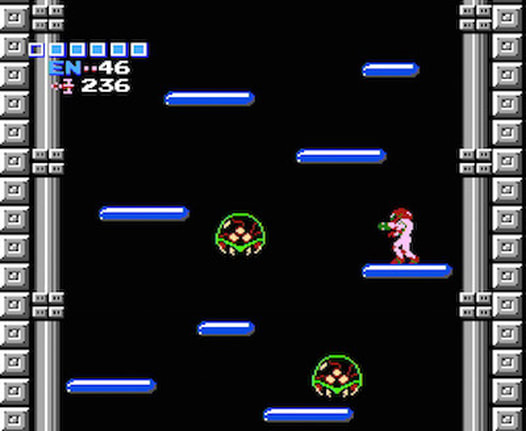

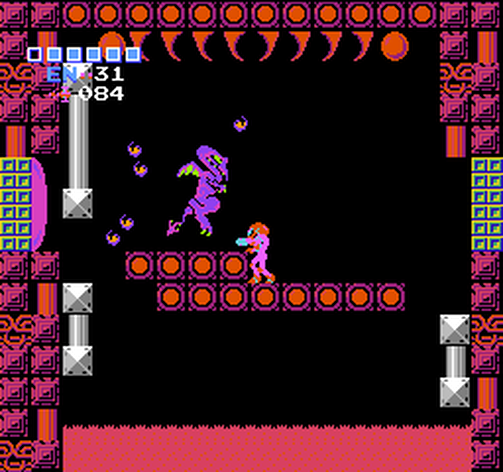
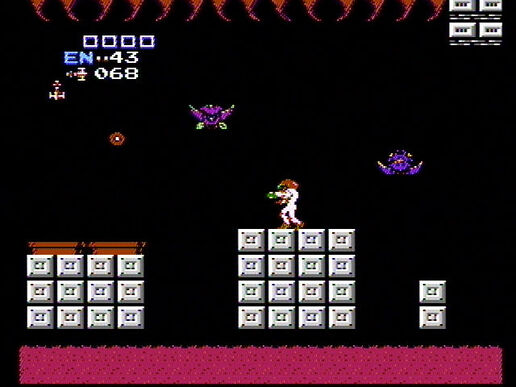
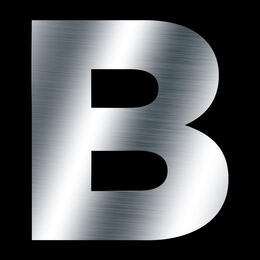
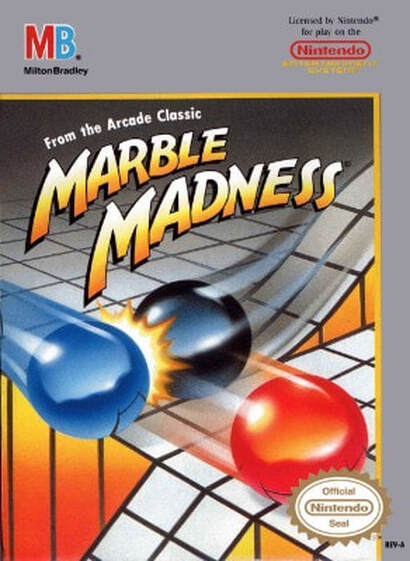
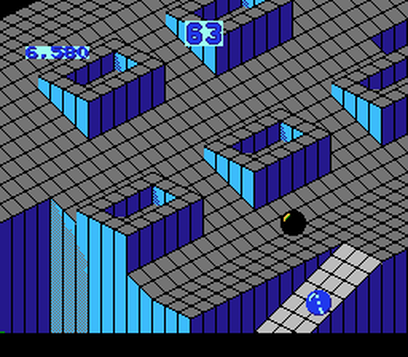
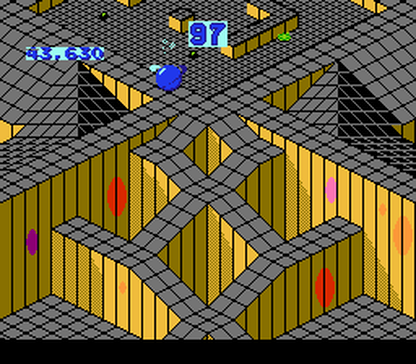
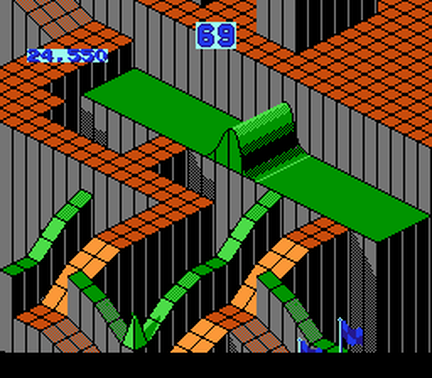
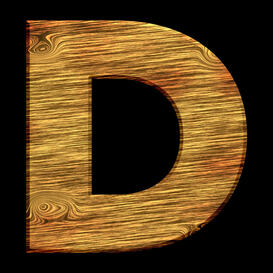
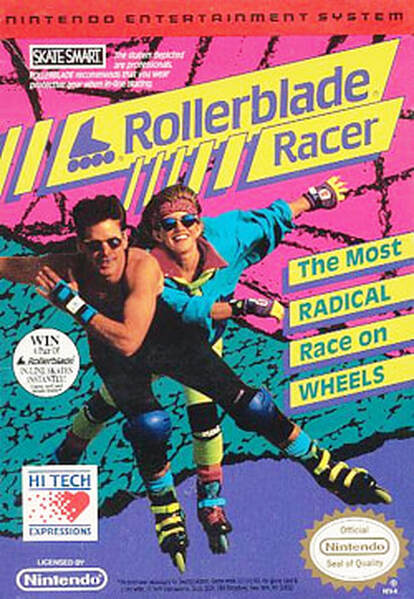
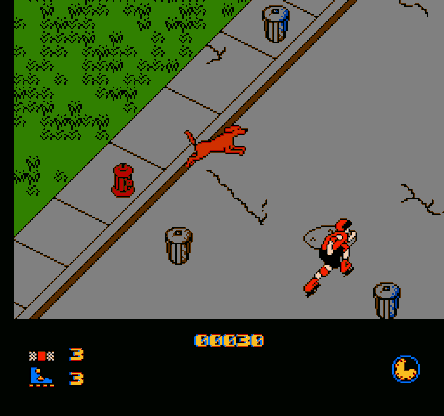
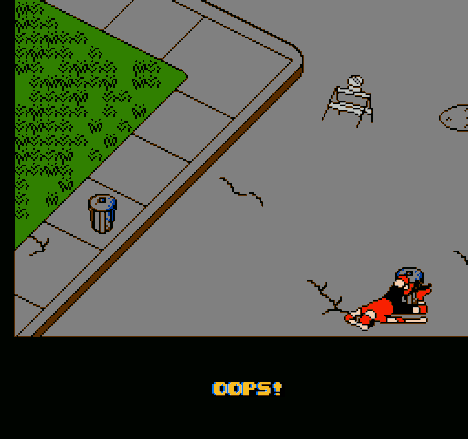
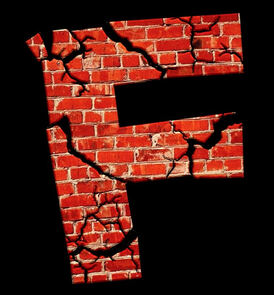

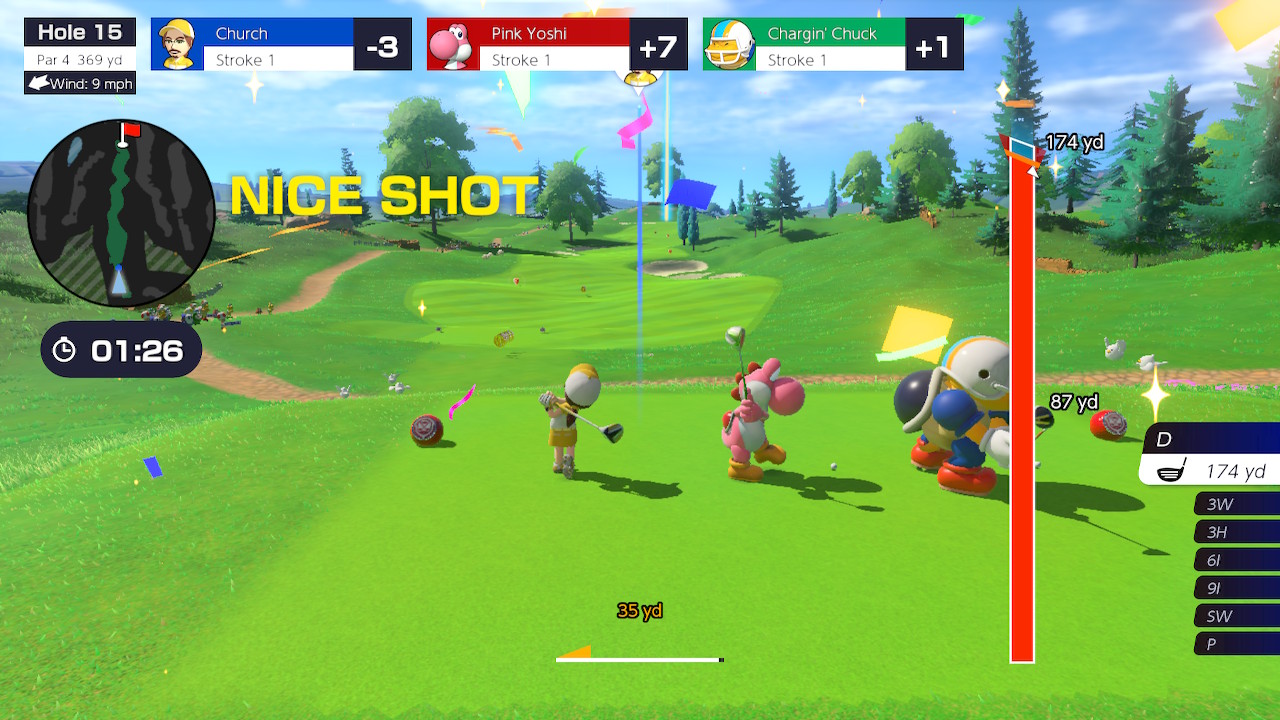
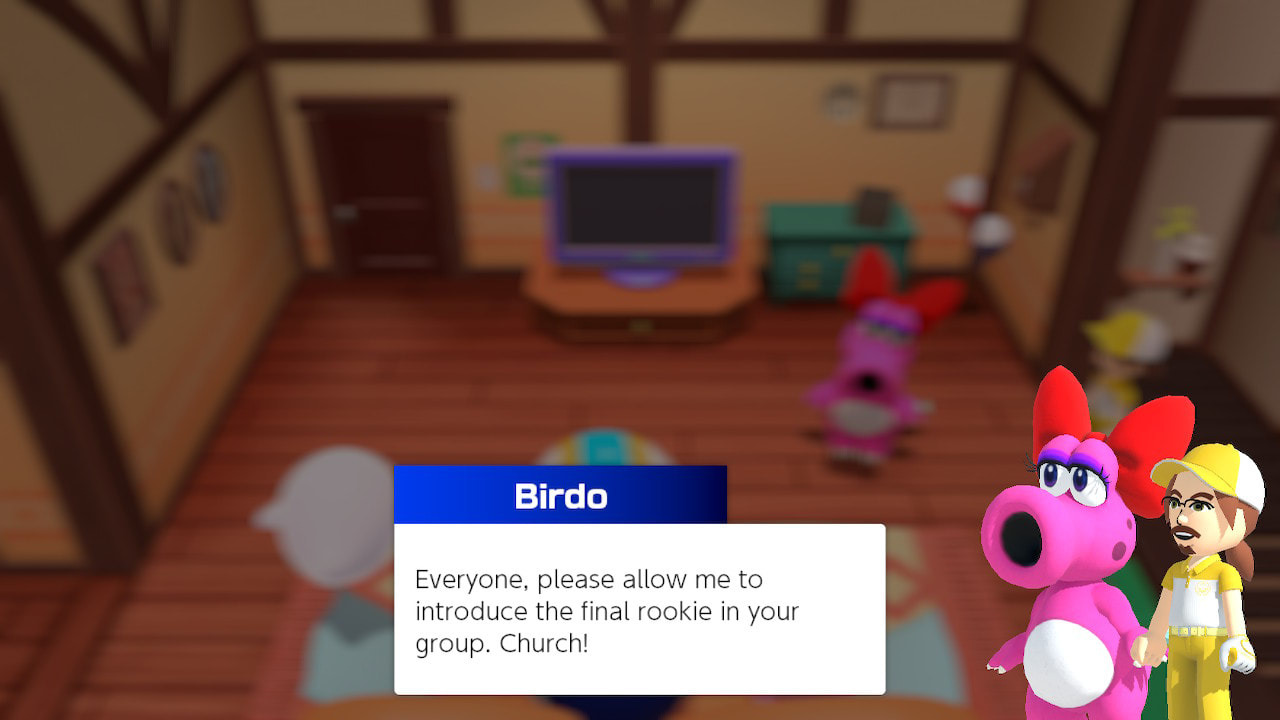
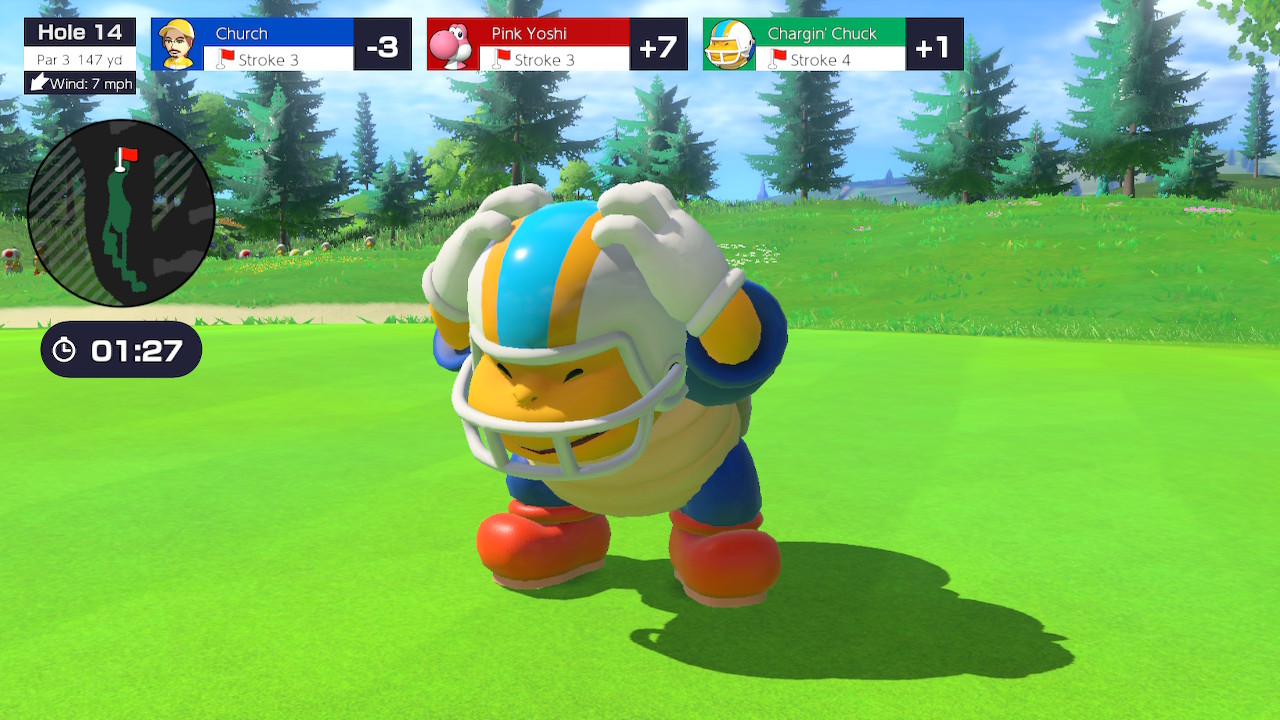
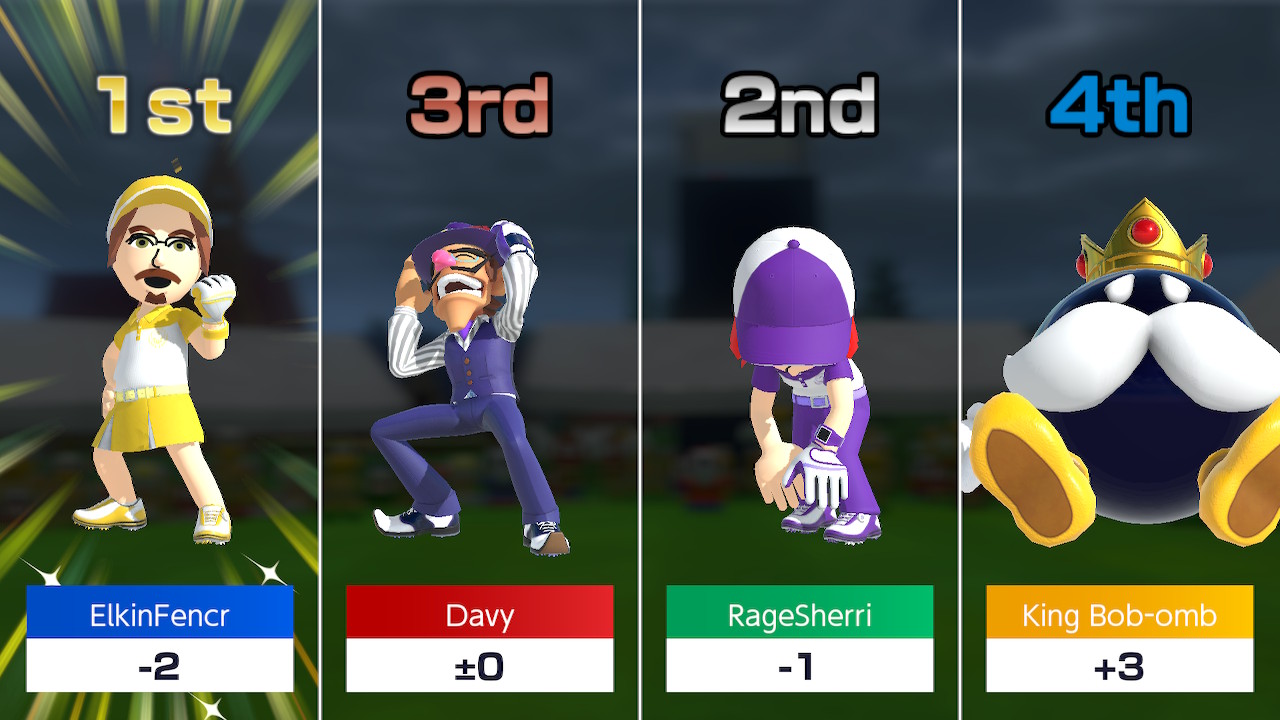
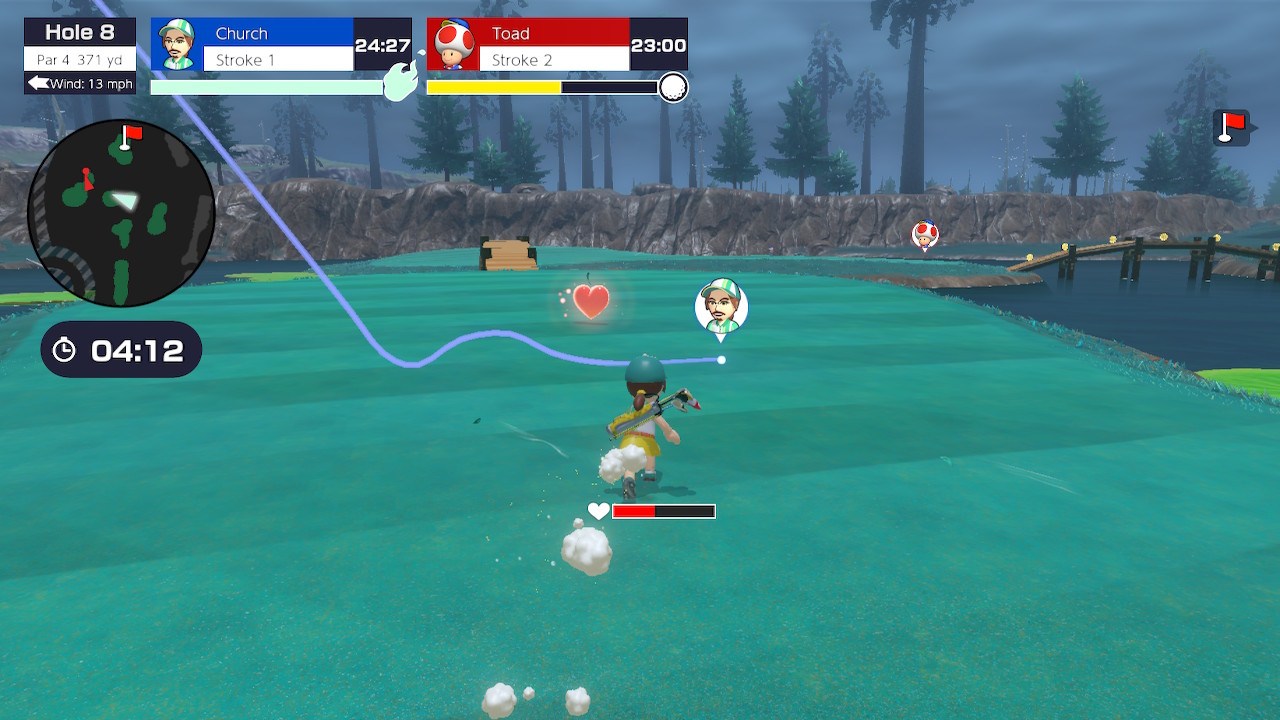

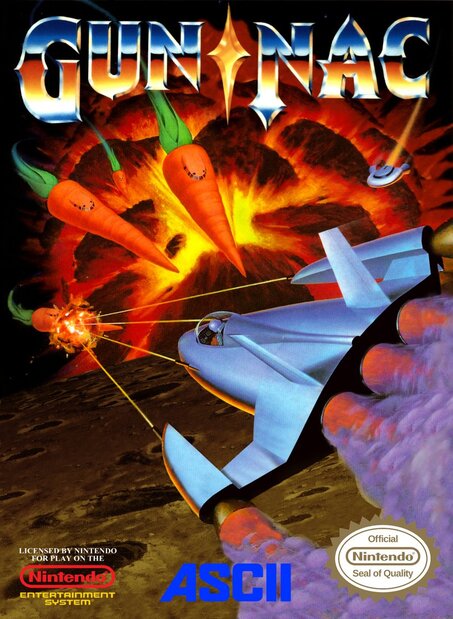
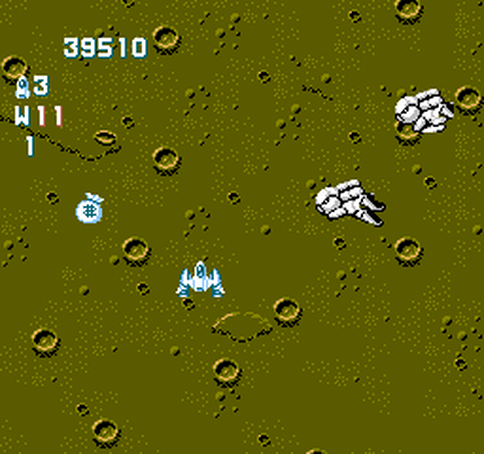
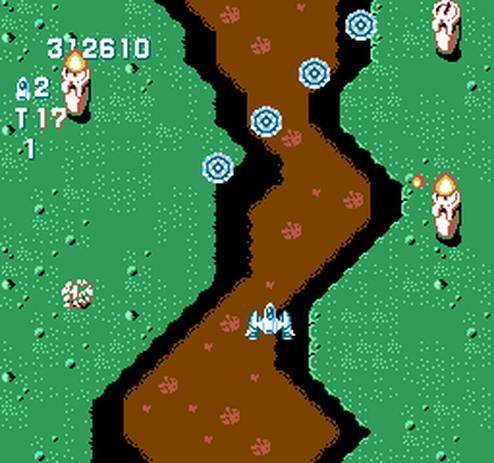
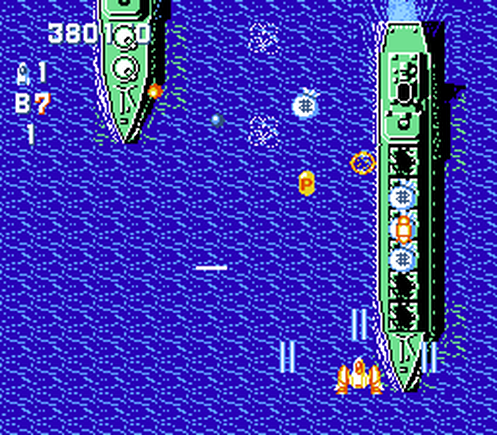
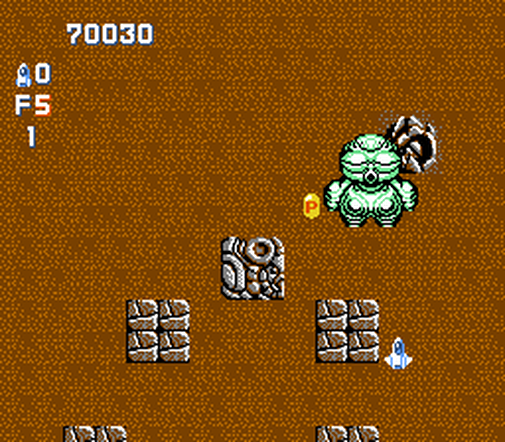

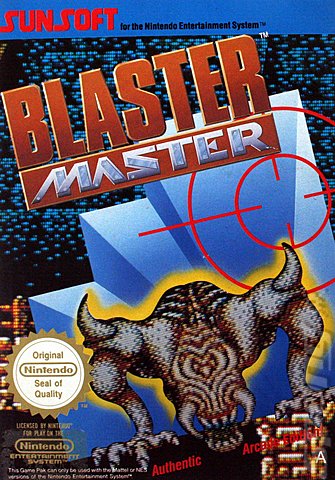

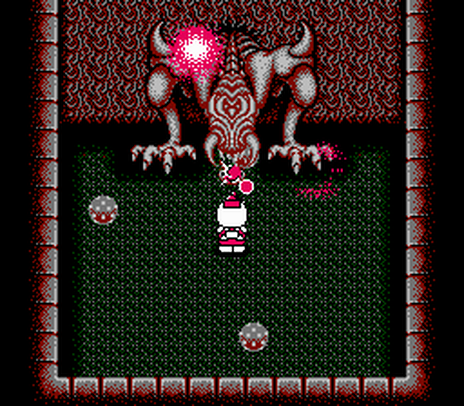
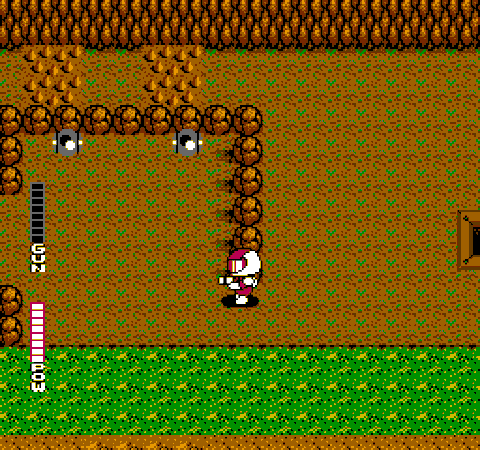
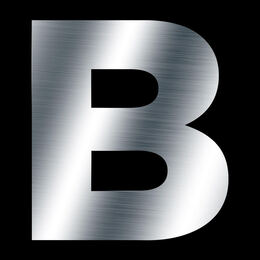
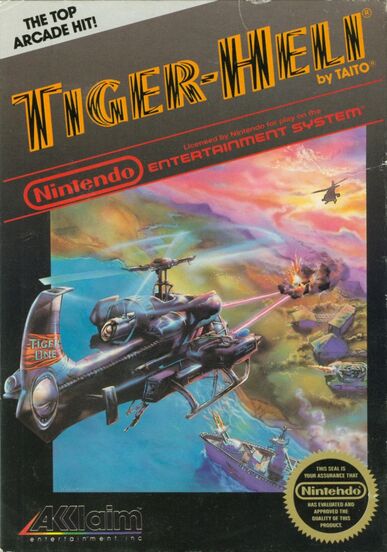
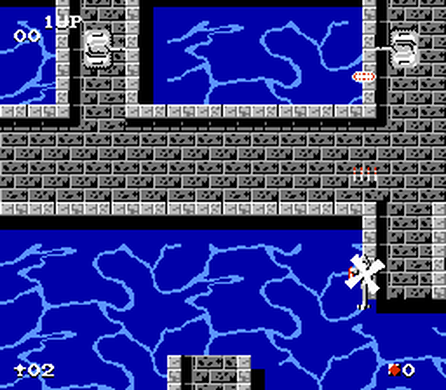
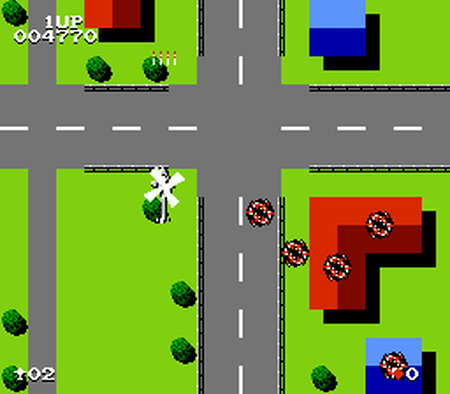
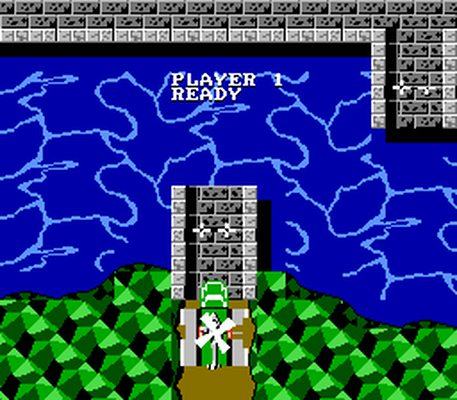
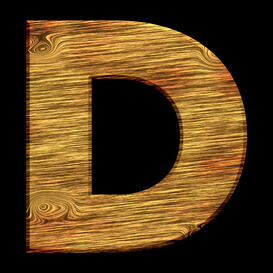


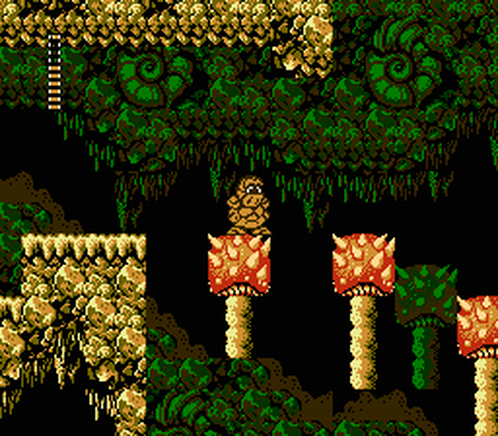
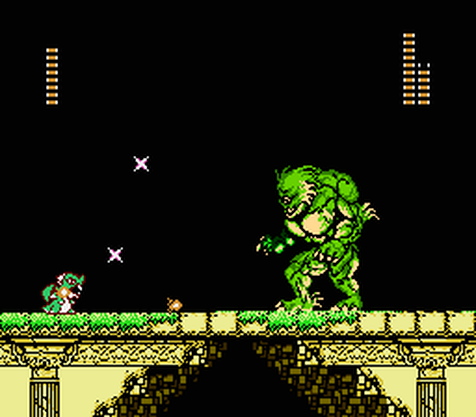
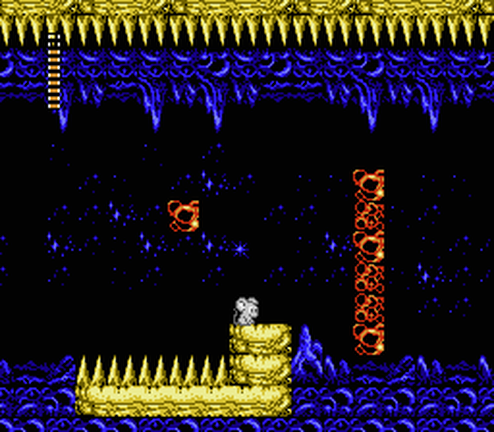


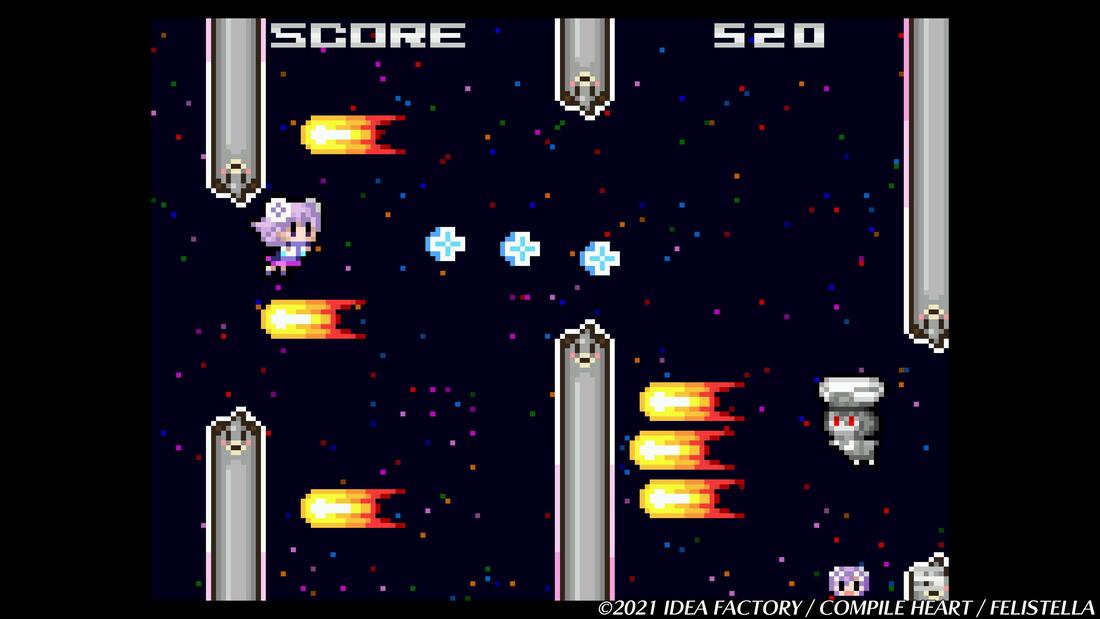
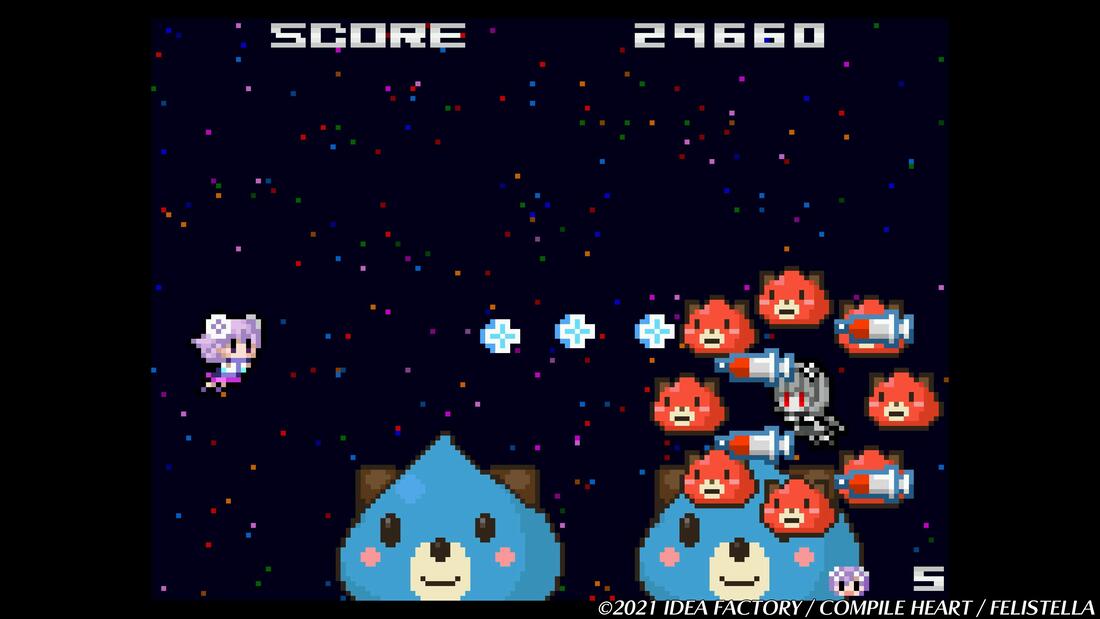

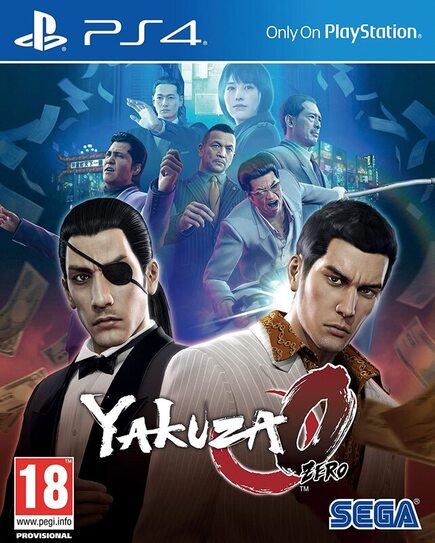
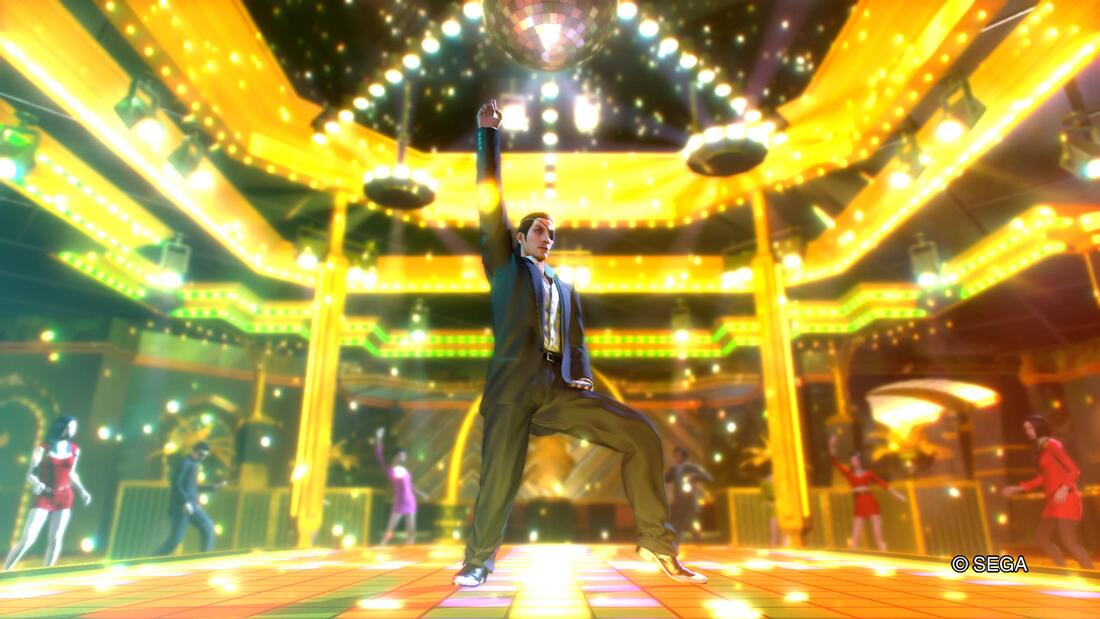
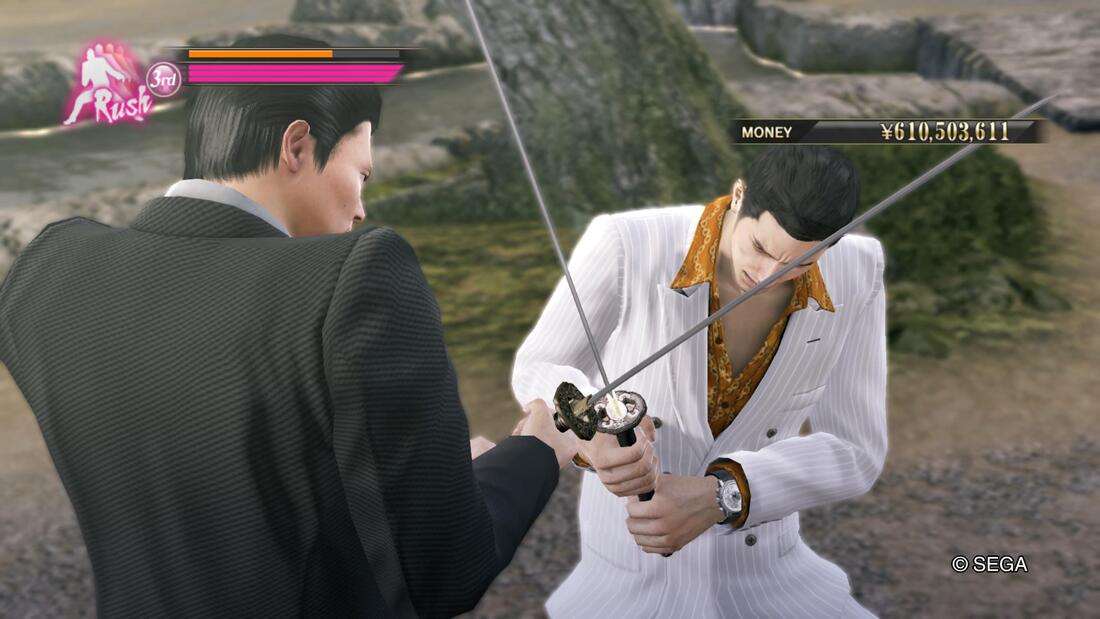
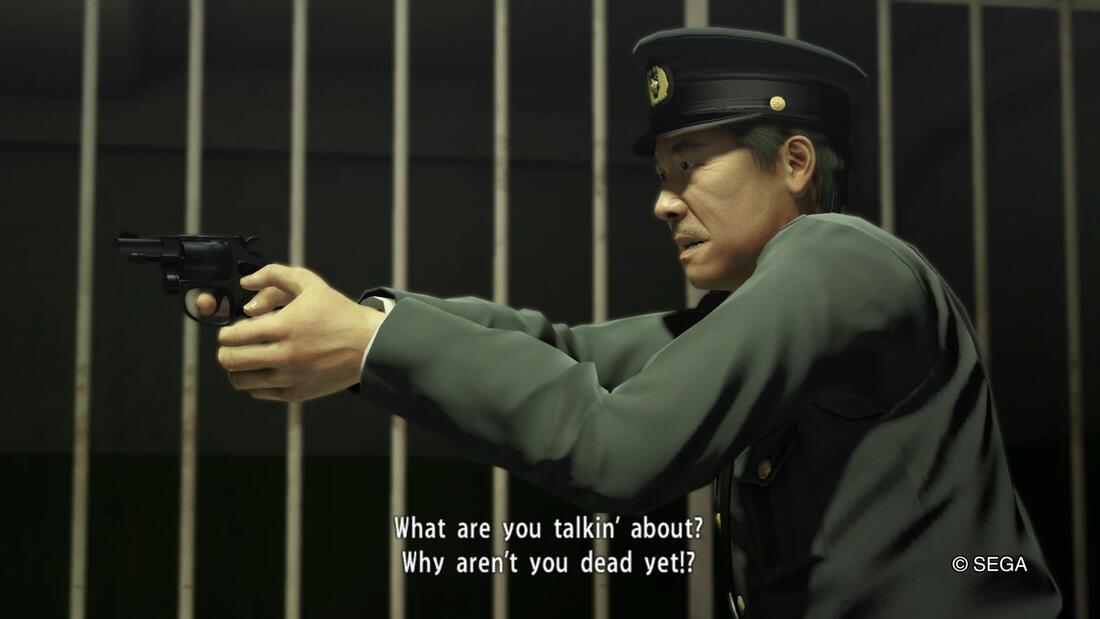
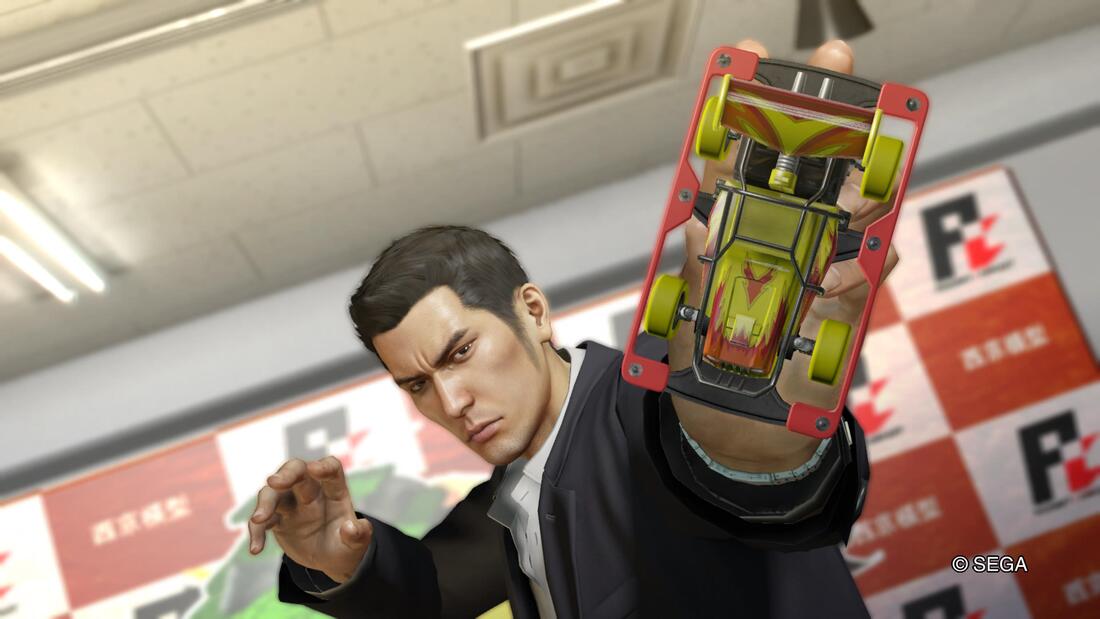
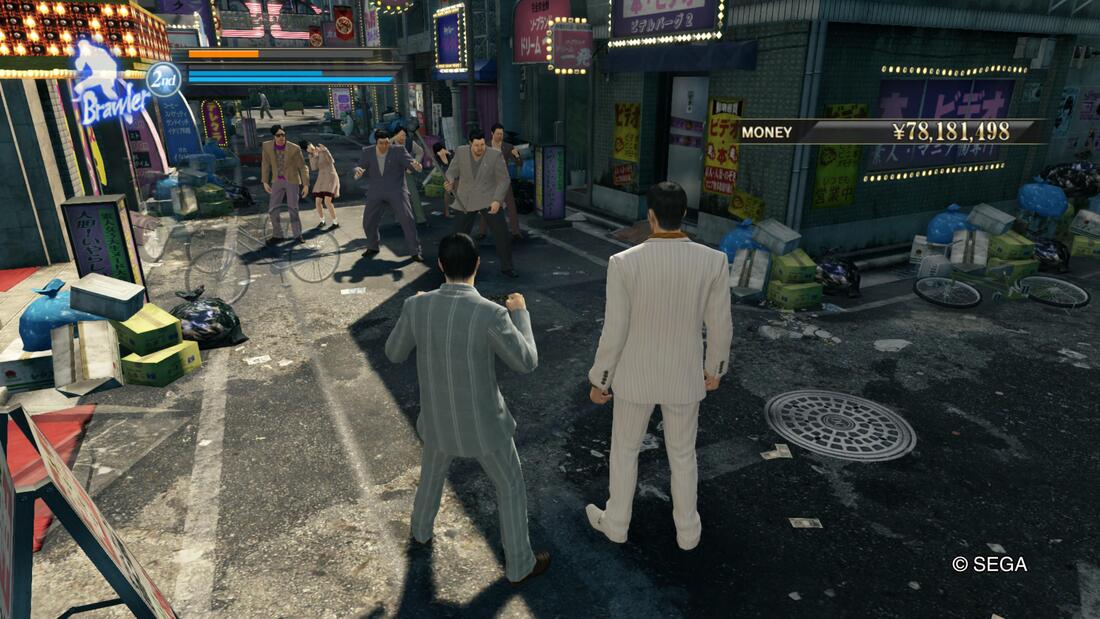
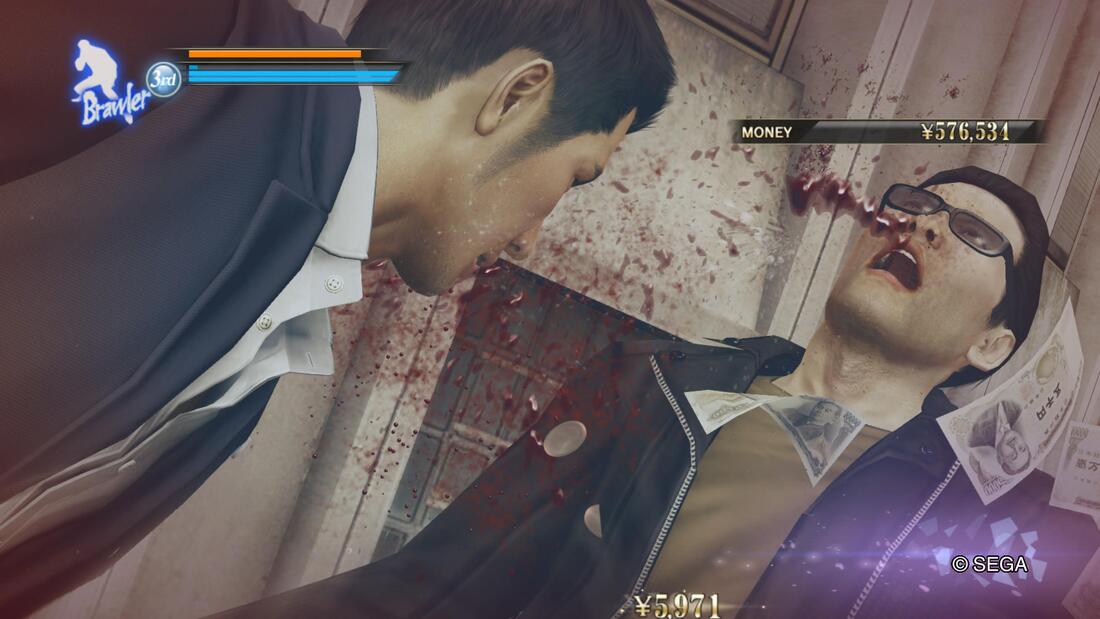

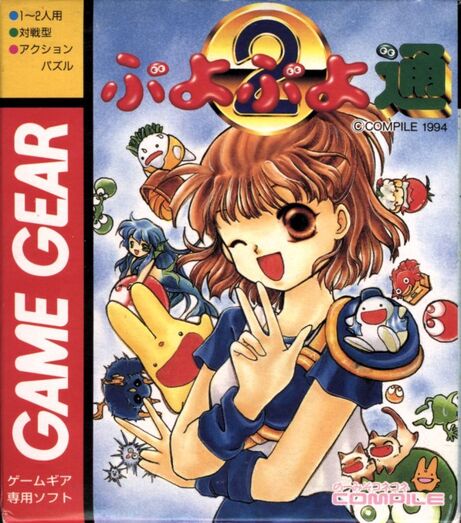
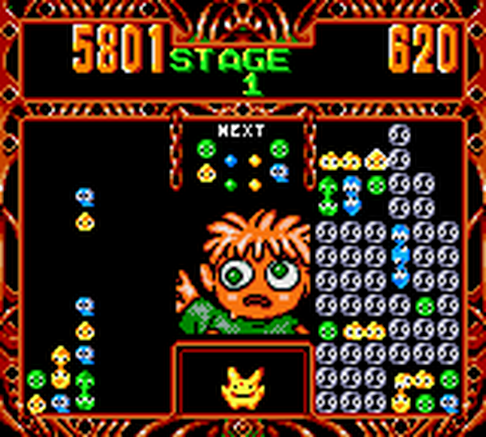
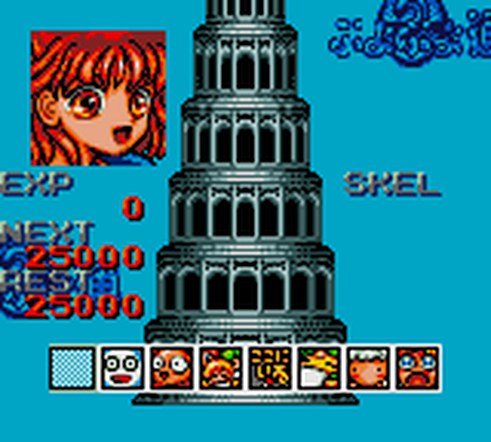
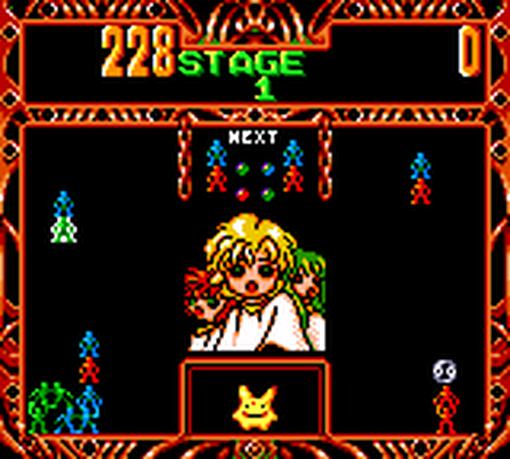

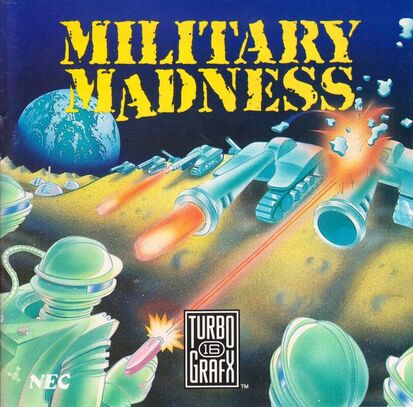

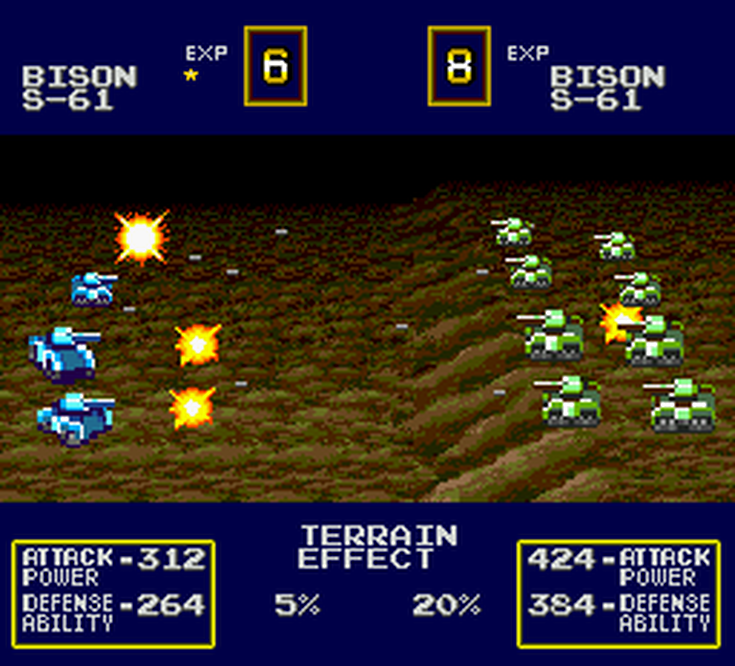
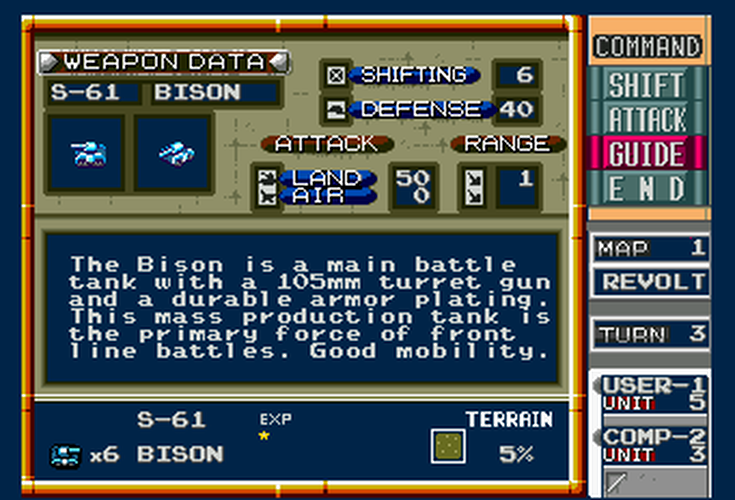
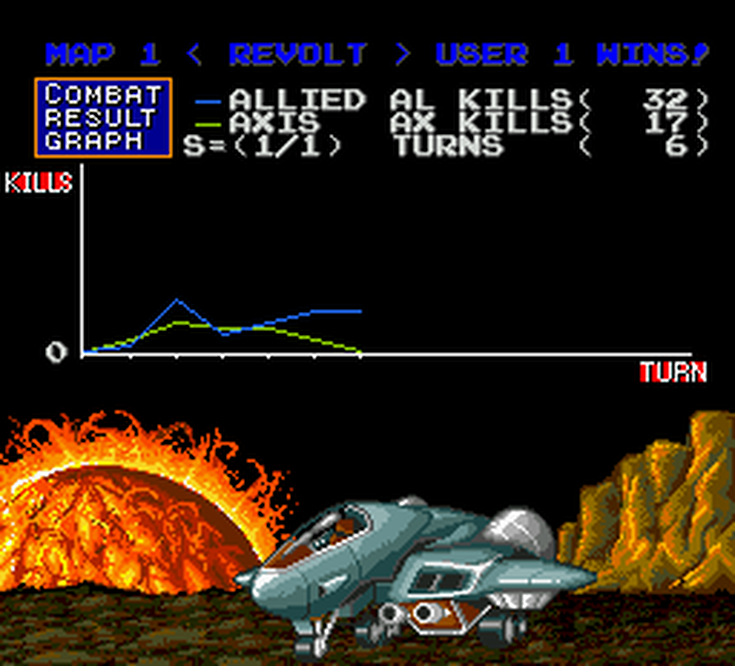
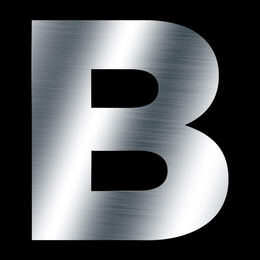
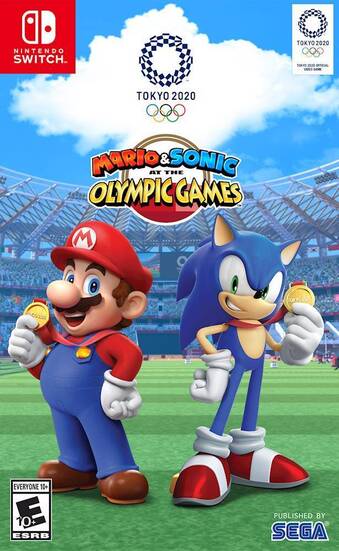
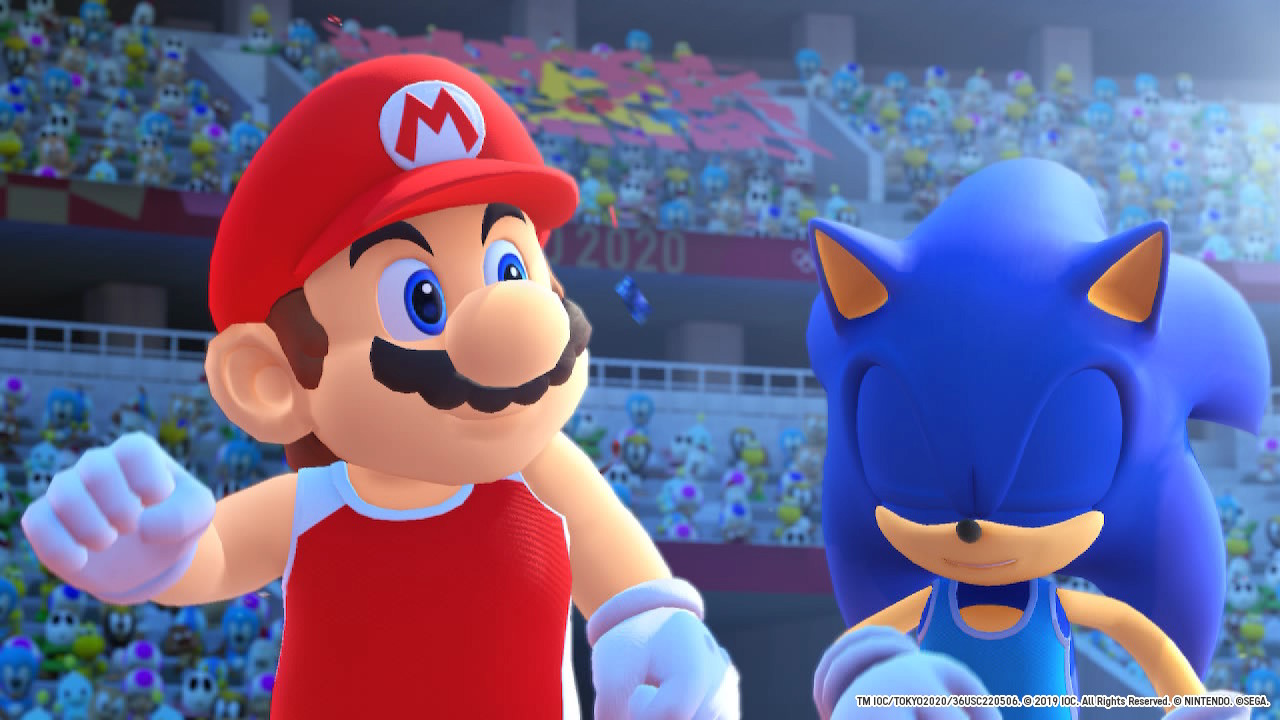
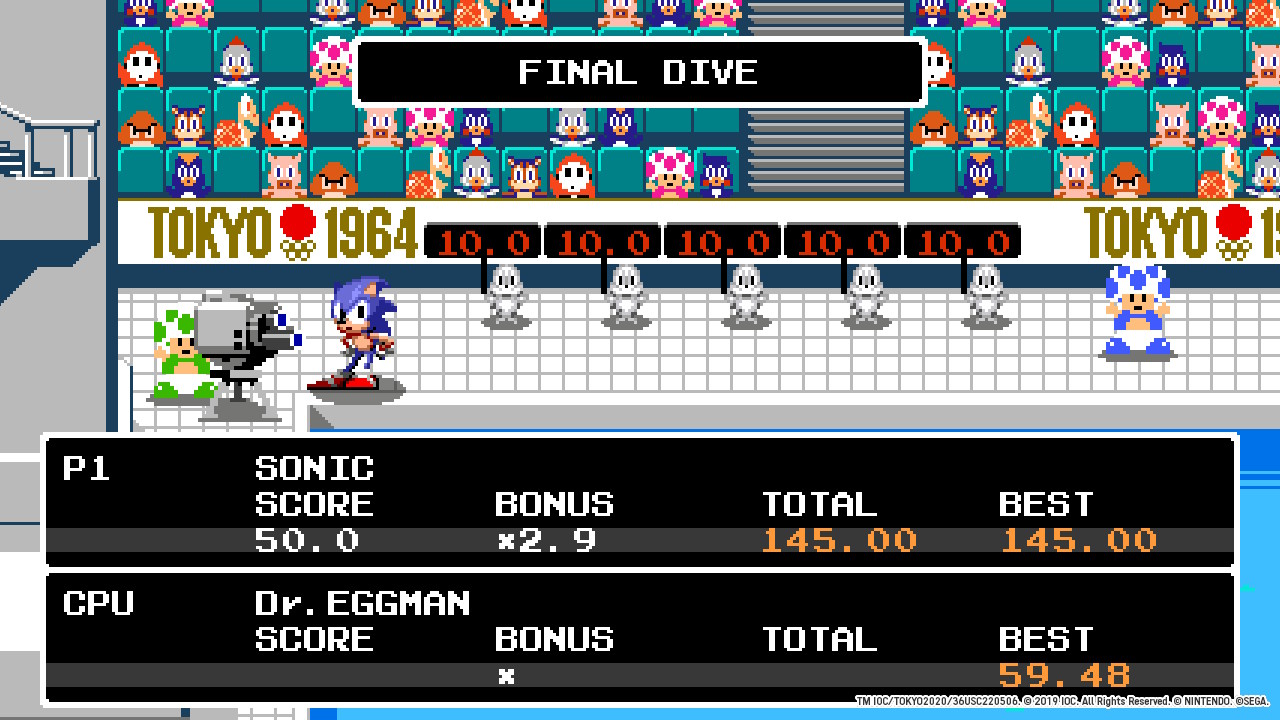
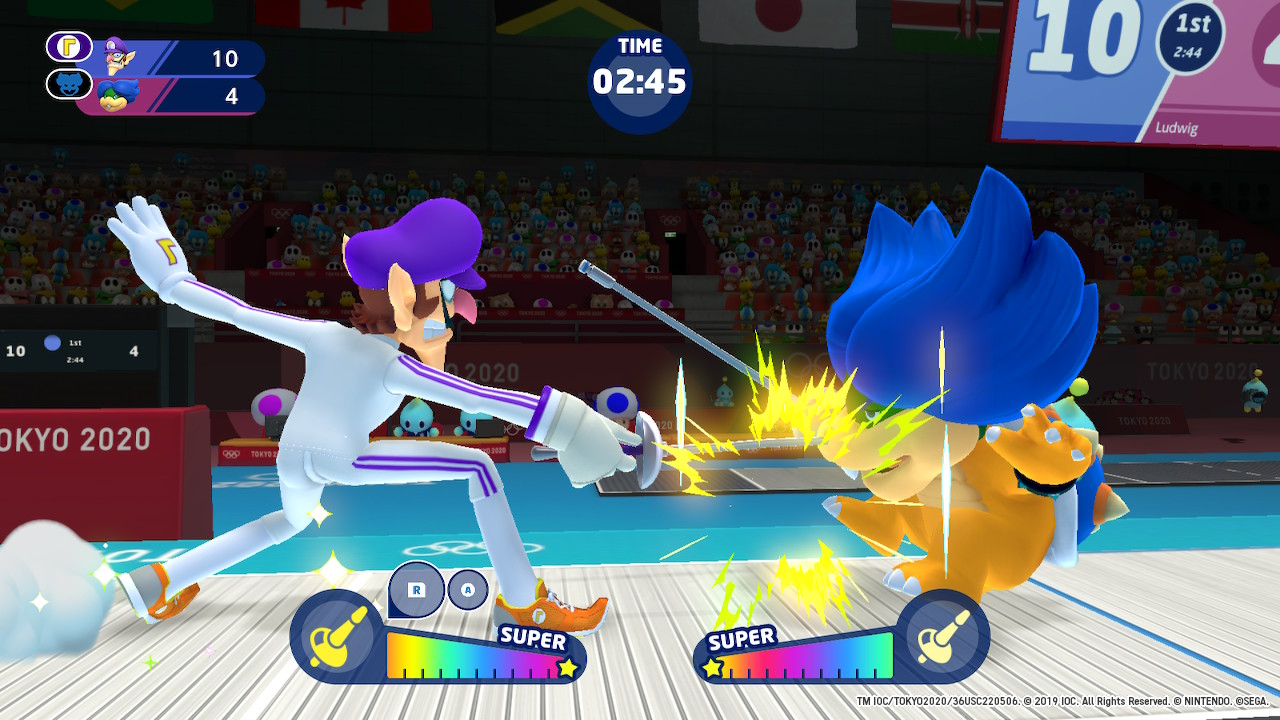
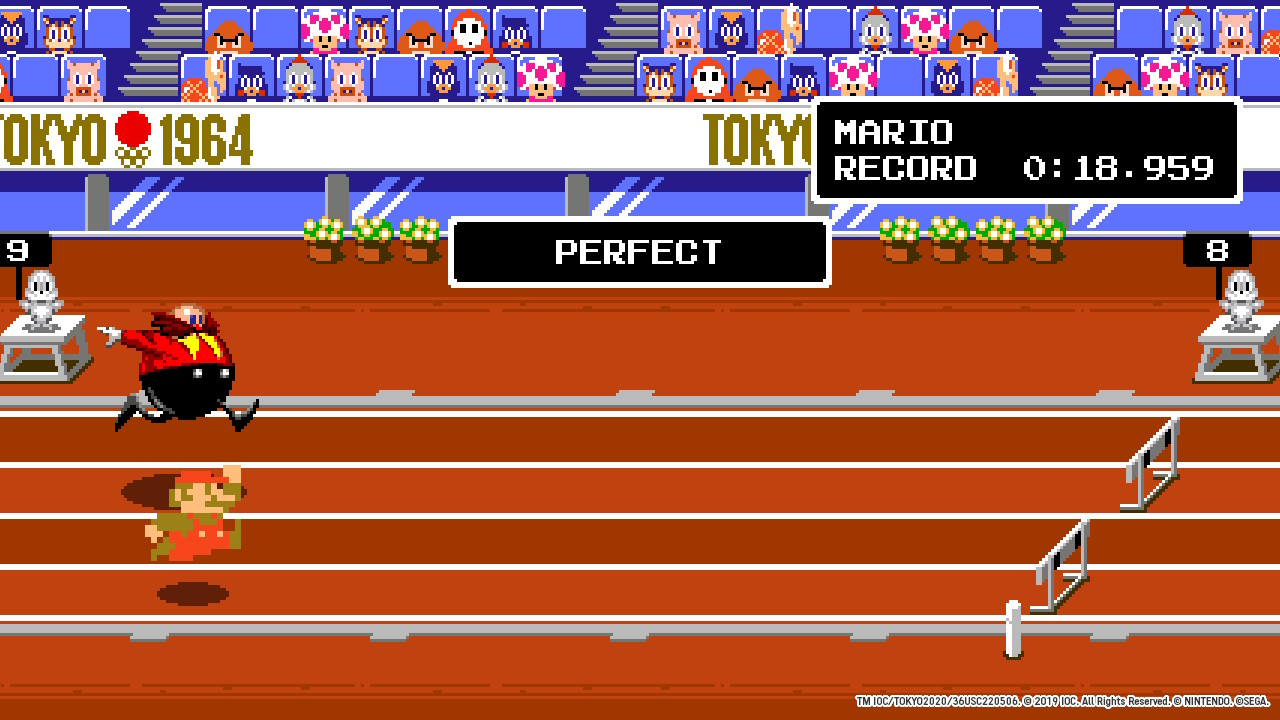

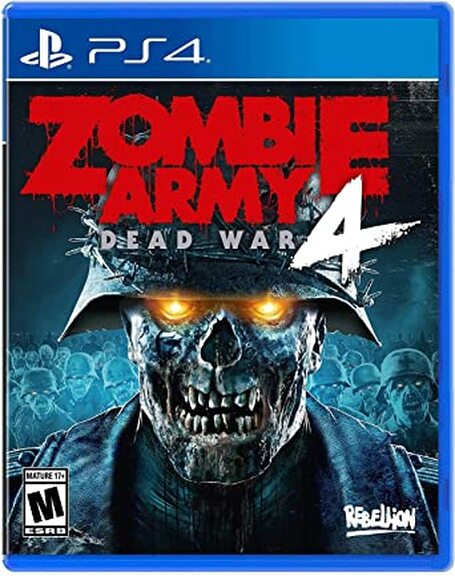
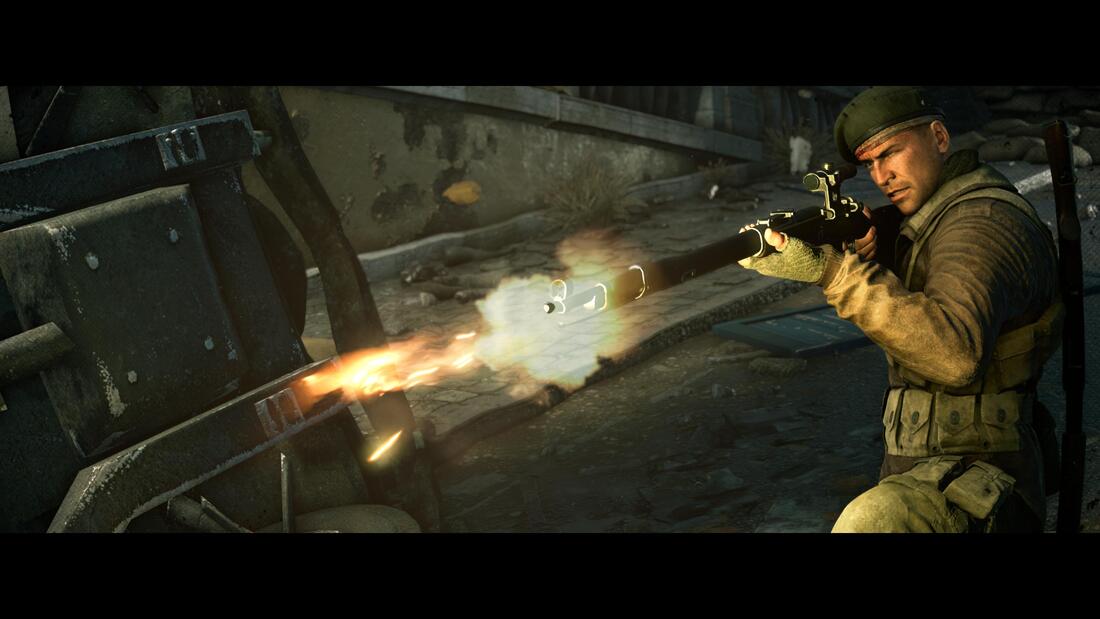
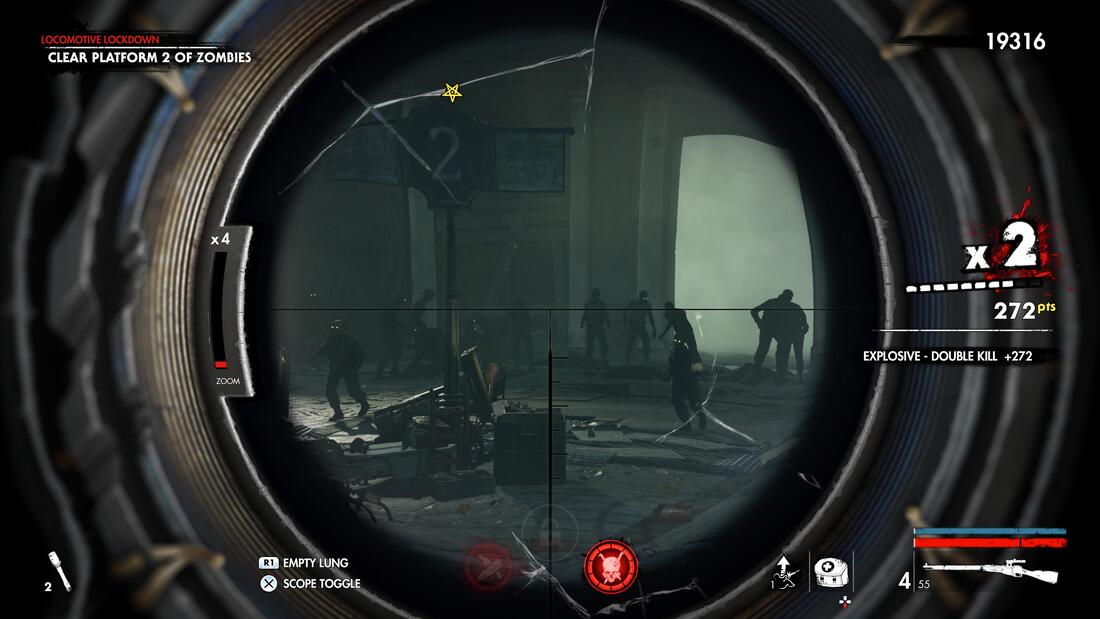

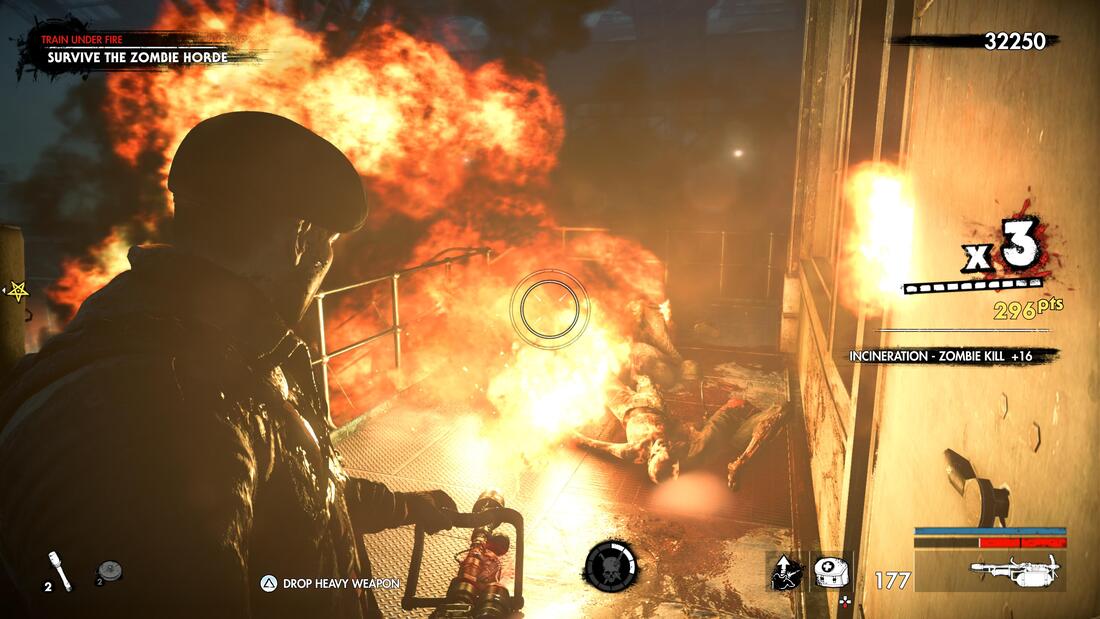
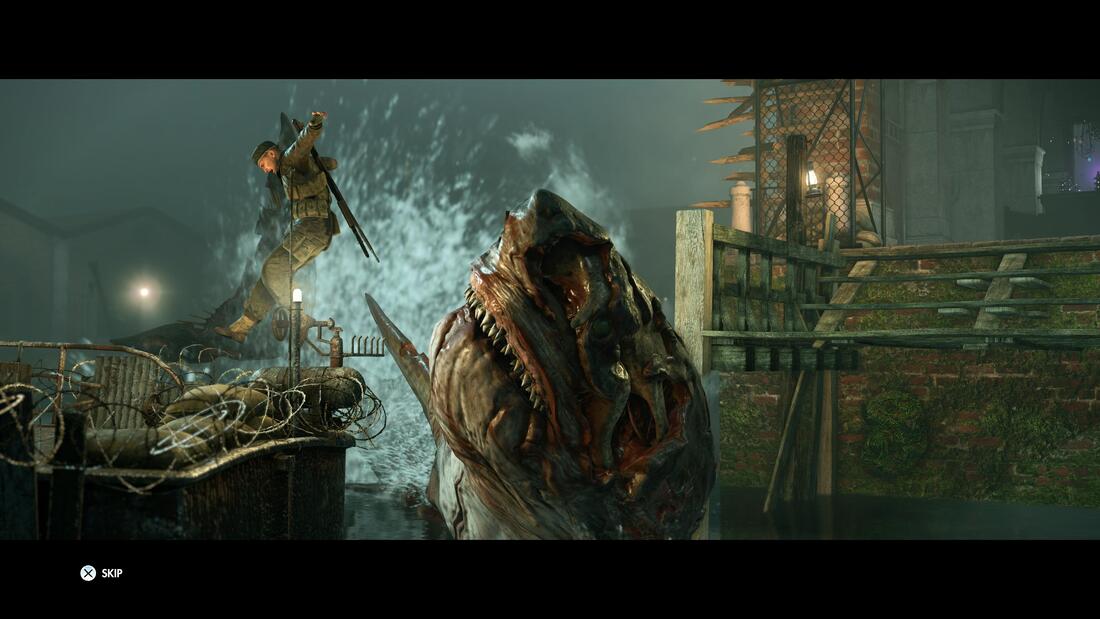

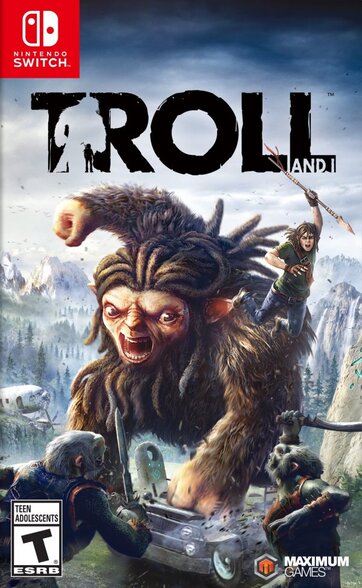
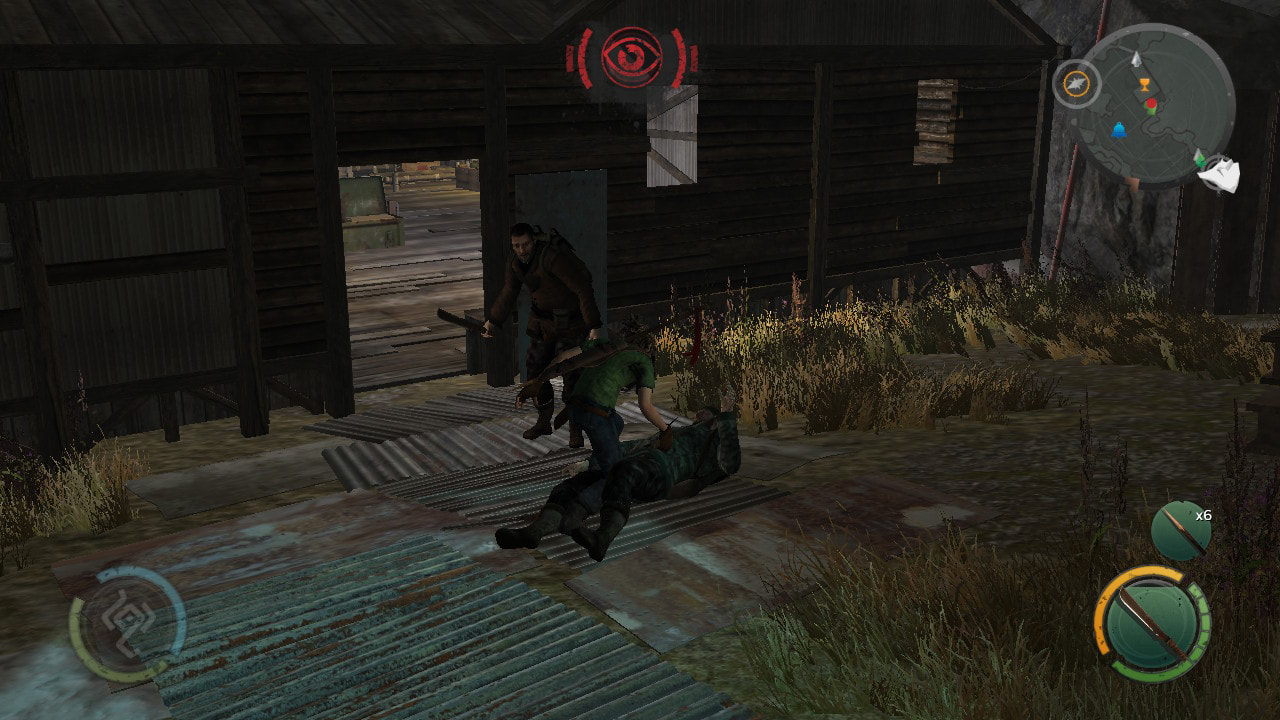
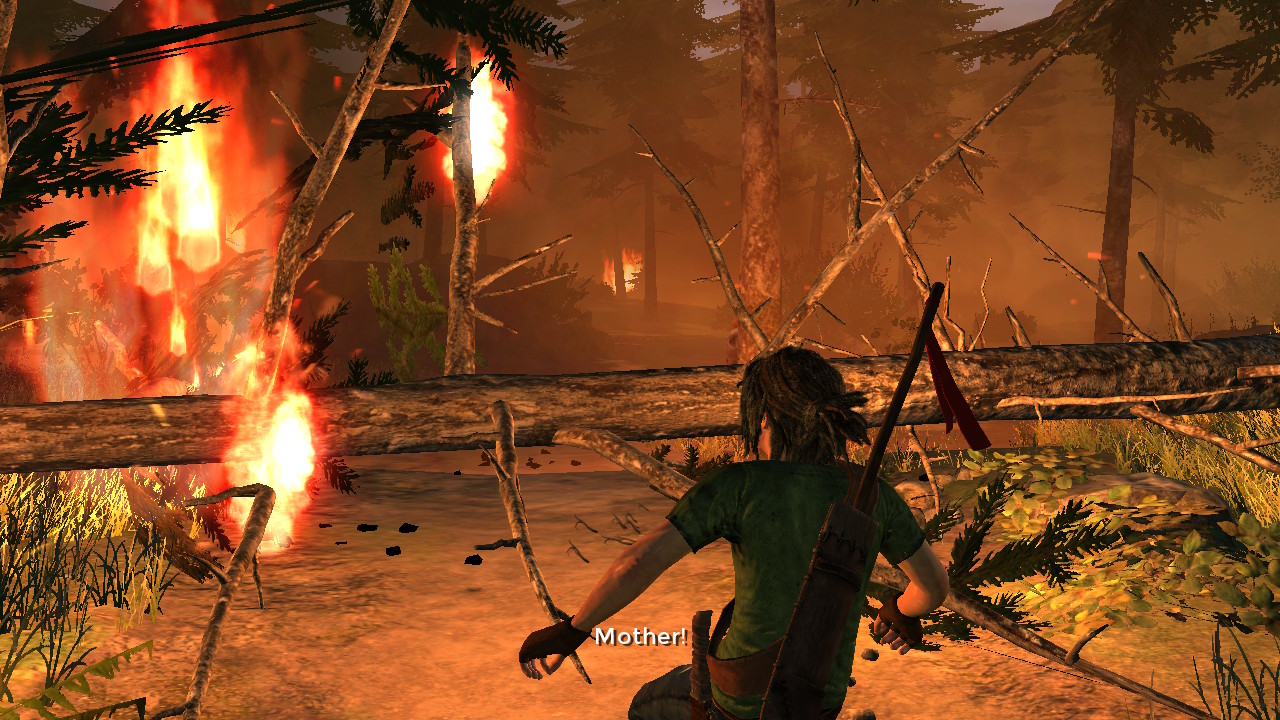
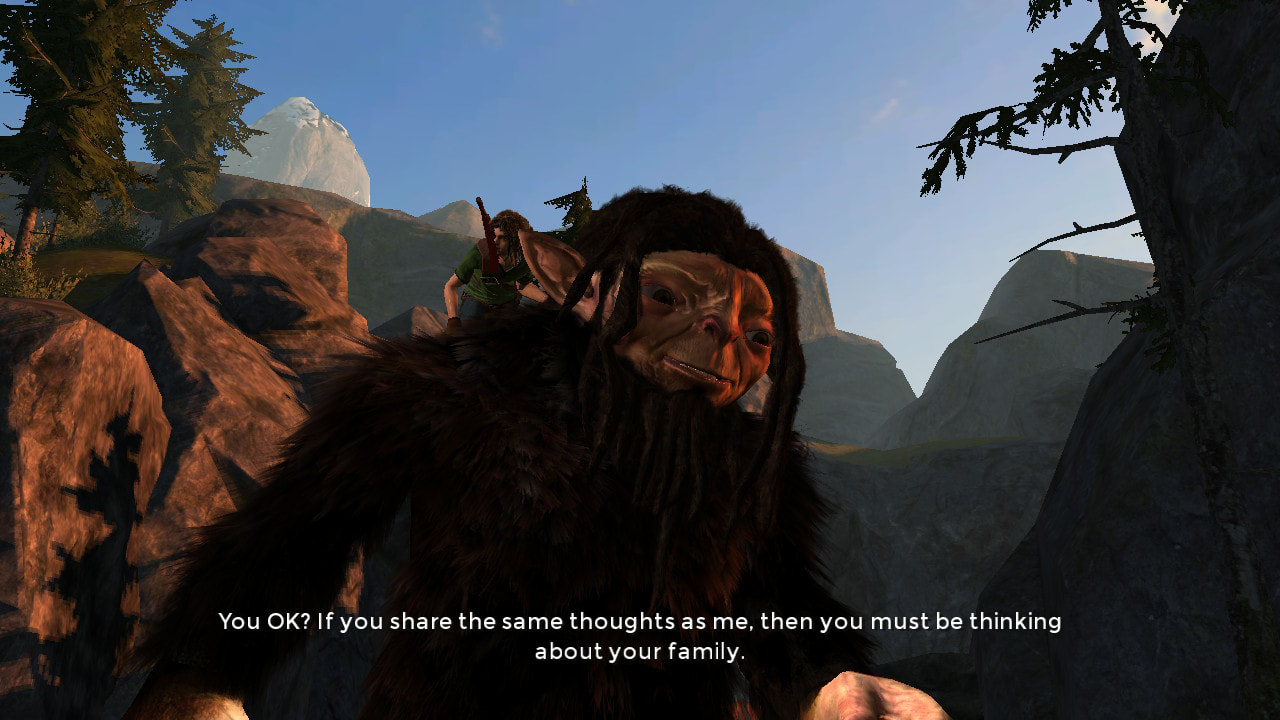
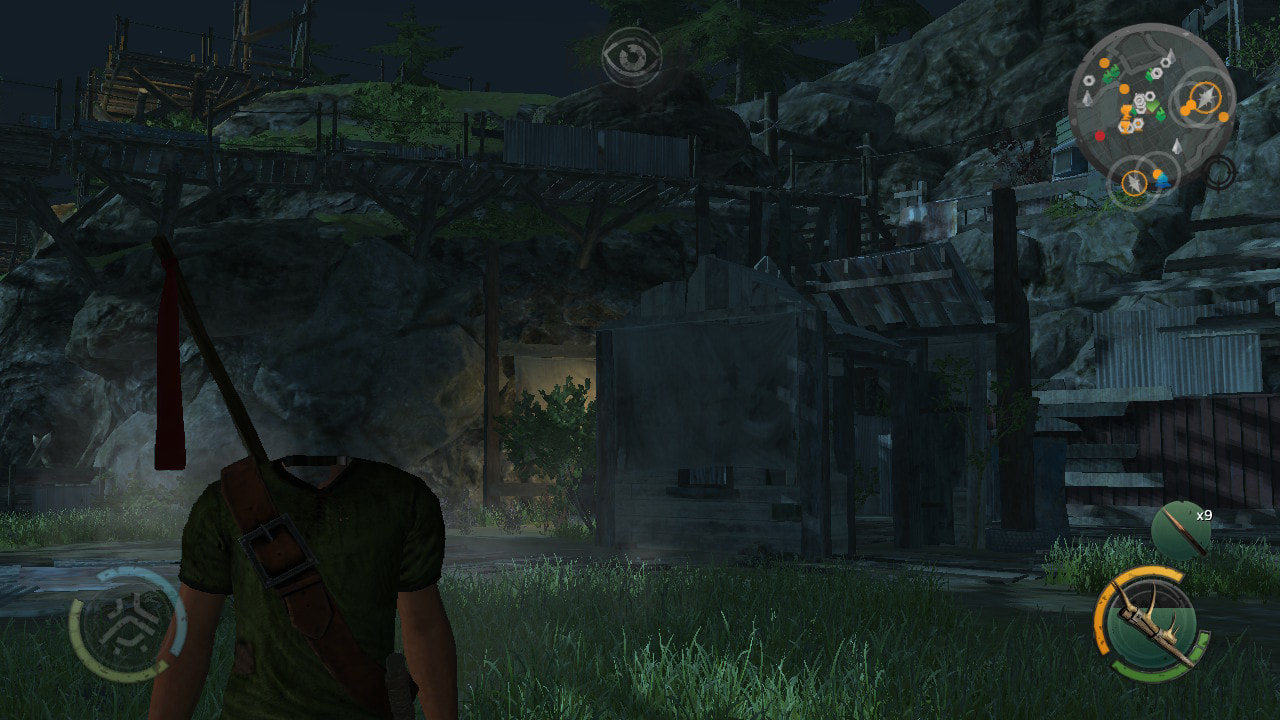
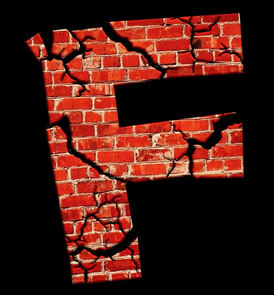
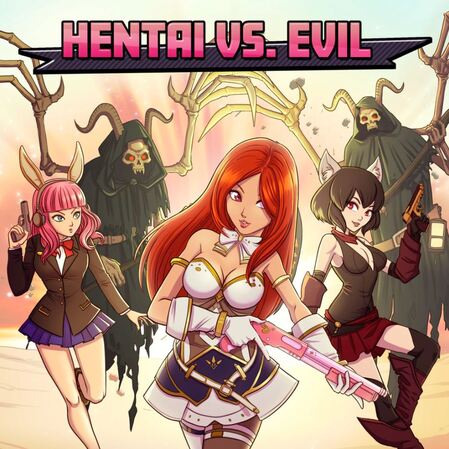
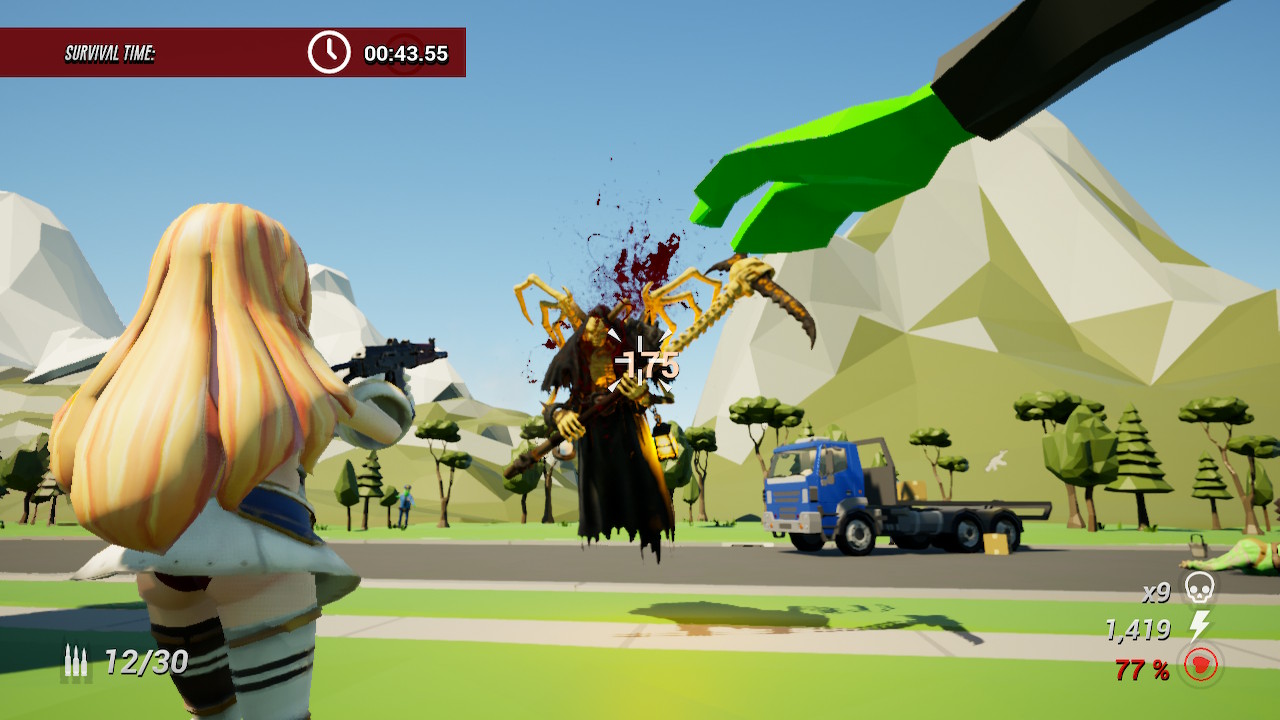
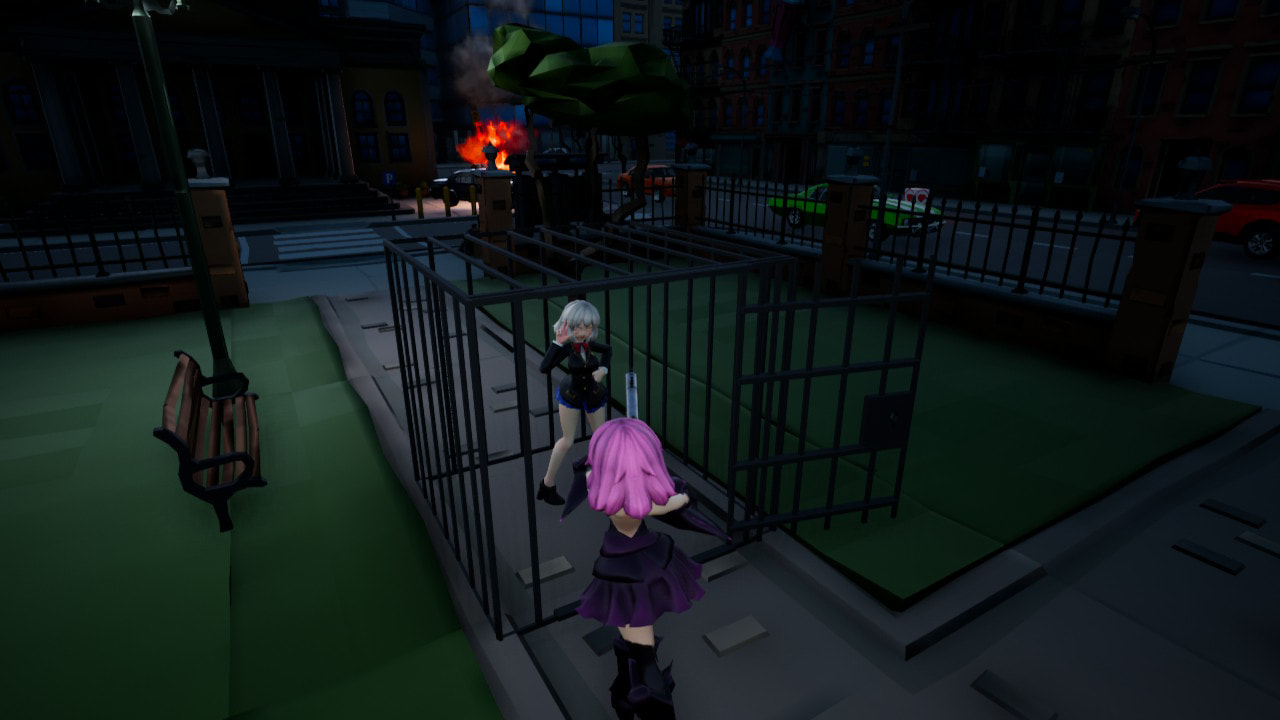
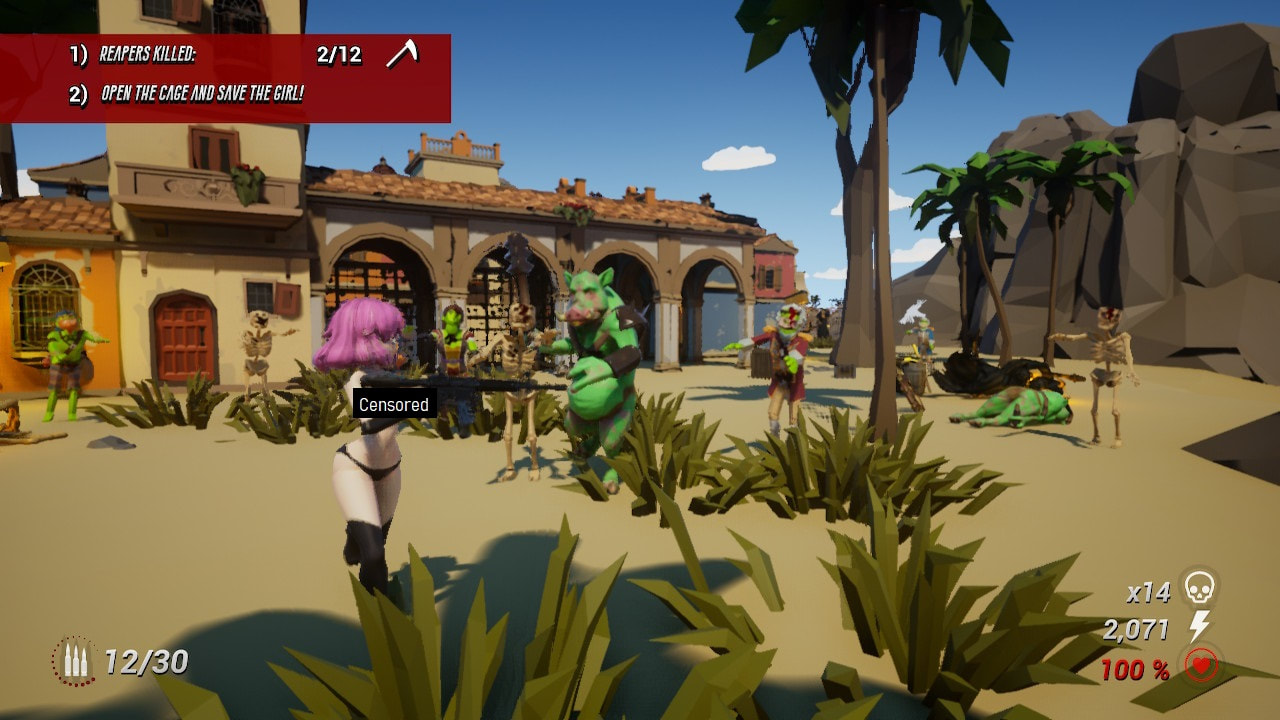
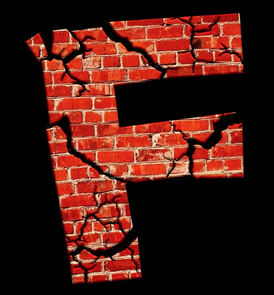
 RSS Feed
RSS Feed
